Sony a7R3 (a7R III) Review
Dustin Abbott
February 27th, 2018
Mirrorless cameras (aka ILCE when they are Sony – Interchangeable Lens Camera with E-mount) are all the rage…or maybe they’re not. Some feel the mirrorless cameras are the future, an inevitability, while others aren’t convinced. Mirrorless cameras are eating away at DLSR sales…or they aren’t, depending on who is spinning the data. I’ve personally had a fair bit of experience with both, having used DSLRs for years (and having reviewed even more of them!) along with using and reviewing a number of Canon and Sony mirrorless systems, including the predecessor to this camera – the Sony a7R2. The a7R2, like other mirrorless cameras before it, left me somewhat ambivalent. I liked the sensor and a number of the features, but was also frustrated by some of the ergonomic and functional shortcomings that often left me wishing for a DSLR in my hands. But the Sony a7R3 seems to directly address a lot of the criticisms that many of us have had with the a7R2 and mirrorless cameras in general. Can it achieve the “holy grail” of mirrorless and be a true DSLR replacement? Let’s find out together…
Prefer to watch your reviews? Check out my detailed, real world review here!
Mirrorless cameras were originally conceptualized and marketed as compact (small) alternatives to DSLRs while retaining their excellent image quality. Almost all early mirrorless cameras were either APS-C or the smaller M43 sensor size, and the simpler shutter mechanism combined with the smaller image circle of APS-C or M43 allowed both the cameras and lenses to be more compact. I personally bought into mirrorless myself with the Canon M as a compact alternative to my larger kit for certain situations when I wanted to travel light. I still think that this can be a practical benefit for mirrorless systems, but it also has become a bit of a weight around the neck of cameras like the a7R3 and other full frame (or even Medium Format) cameras. There is pressure to keep things smaller and lighter than alternative DLSRs, but there are practical limits to that. It has been noted, for example, that Sony G Master (pro-level) lenses are no smaller or lighter than equivalent DSLR lenses. The opposite is true, in fact.
Small and light works fine for small sensor cameras and lenses with small to moderate aperture values, but often doesn’t if you require pro-grade lenses with large apertures. Case in point – Sigma makes a line of DN lenses for Sony APS-C (and M43). I’ve used and reviewed all of them, and the smaller aperture primes (19mm, 30mm, and 60mm f/2.8 lenses) are tiny. But they also make a couple of DN lenses with larger maximum apertures and higher end focus (16mm and 30mm f/1.4 lenses), and they are considerably larger…and that’s just for APS-C, not full frame!
I make this point to say that a number of the ergonomic criticisms of the a7R2 (and, to a lessor extent, the a7R3) can largely be attributed to compromises due to the smaller body size. These are things like poorer battery life, fewer physical controls, less comfortable grip due to either being too narrow (pinky finger gets orphaned) or not enough room between the grip and the lens barrel for fingers to comfortably fit. Other criticisms center on less robust weather sealing than alternative DSLRs or heat dissipation issues. Sony has managed to solve some but not all of these issues through a combination of a minor size increase and also by better packaging/engineering.
The a7R3 benefits from a number of trickle-down advancements from the flagship Sony A9 camera released last year. The A9 is Sony’s mirrorless answer to the Canon 1D series and the Nikon D_ series – a larger, professional grade, sports oriented camera. The A9 introduced the larger capacity Z series battery, higher resolution OLED viewfinder, some improved physical controls, and a vastly improved focus system/burst rate. The a7R3 (like the Canon 5D and Nikon D8__ series) has higher resolution and is more a general purpose camera than the more specialized A9 camera (with a 24 MP sensor but 20 FPS burst rate). The advancements made in the A9 have resulted in a much improved a7R3. We’ll highlight some of those trickle-down improvements in this review.
Sony’s 5 Axis in body image stabilization (Steady Shot) works really, really well (particularly for stills). They claim more than 5 stops of stabilization, which might be a little ambitious, but the results are pretty fantastic. I’ve reviewed a lot of different IS/VC/OS/OSS lenses over the years and have a very good idea of what to expect at certain focal lengths. I was pleasantly surprised to put an adapted lens like my Zeiss Milvus 2/135mm on there via adapter and get solid results down to 1/8th and even 1/5th second shutter speeds.
One nice feature of Sony’s IBIS is that if you are using a lens with electronics (even an adapted lens), it will automatically adjust for the focal length. If you are using a lens without electronics (like the Laowa 15mm f/2 lens I just reviewed or an adapted lens), you can manually set the focal length in the Steady Shot settings. I found that experimenting with that setting definitely made a big difference in the results and steadiness of the viewfinder image. It also made a difference in the smoothness of handheld video footage.
There are a few surprising feature missteps. The PlayMemories apps have been removed from the camera, which, in itself, is not necessarily disappointing as it was terribly implemented in earlier models. But some key (and these days, basic) features aren’t handled through other means; they just aren’t there. There is, for example, no built in intervalometer, meaning that you will have to use an external device to do time lapses. Weird! This is going to be disappointing for those who paid for the app on a previous camera and now don’t get to use it. Another feature I really wish was internal is GPS logging and geotagging. This is handled via a bluetooth connection to your smartphone and having the PlayMemories app active (and the Location Linkage set up). The problem? It doesn’t really work consistently, in my experience, leaving some images tagged and others untagged.
I really wish this was handled internally, as the Canon cameras I’ve used with this internal GPS work much more reliably. Here’s hoping Sony finds a way to add the intervalometer feature via Firmware…it really should be there. A least the external GPS option is better than nothing…but Sony still has some work to do on fully fleshing out the basic feature list.
Sony a7R3 Handling and Ergonomics
There are a number of key upgrades to the a7R3 that have made it a far more useful (and usable) camera. There are minimal differences in size and weight between the A9, a7R2, and a7r3, though the a7R3 favors the size factor of the A9. The a7R2 is 5 x 3.8 x 2.4” (126.9 x 95.7 x 60.3mm) and weighs 1.375 lbs (625g). The a7R3 is very slightly larger at 5 x 3.8 x 2.9” (126.9 x 95.6 x 73.7mm) and 1.445 lb (657g). The A9 has similar dimensions but is slightly heavier at 1.481 lb (673g). The size and weight growth between the a7R2 and a7R3 is slight, but the improvements in ergonomics and battery life are well worth the slightly larger dimensions. If anything, for many of us the physical size (particularly in the grip) is a bit small.
I find that my pinky still has no place to go when gripping the A7R3. Sony actually sells a grip extension to help solve this problem – the GP-X1EM. It essentially has one purpose – to add a little more length to the grip. Ironic to pay an additional $115 to make the camera bigger! Another option is to add a battery grip, which does have the added benefit of doubling the potential battery life as well as providing some vertical controls. The VG-C3EM runs around $350.
One of the single biggest criticisms of the a7R2 was the battery life. It shares the NP-FW50 battery pack that the smaller a6300/a6500 cameras use, and battery life was, well, abysmal. I had a good inclination of battery life issues, when, for the first time ever, I opened the box of a new camera and found two rather than one included batteries (on the a7R2). It needed them! It wasn’t uncommon for batteries to be “exhausted” (as the camera says) before the memory card was filled when shooting 4K video. Those shooting heavily would go through multiple batteries a day when shooting stills. The A9 turned this around by slightly expanding the grip to allow for a much larger capacity NP-FZ100 battery. This more than doubles the capacity, as the NP-FW50 has a 1020mAh capacity compared to the 2280mAh capacity of the FZ100 battery. The end result is that what was a weakness for the a7R series has become a strength. In practical use I have found that the battery capacity of the a7R3 is as good as my Canon 5D Mark IV if not better, which is a huge improvement!
There are a few key ergonomic improvements as well. The first is just a basic improvement of the tactile quality of the switches, dials, and buttons themselves. Everything feels a little more premium; more precise. Another improvement is in the placement of the video record button, which is now just to the right of the viewfinder rather than off on the side of the camera. The most important improvement, however, is the addition of a thumbstick above the rotary wheel on the back that is similar that found on the better DSLRs. It makes a huge difference in navigating menus and images during playback, changing settings, and selecting focus positions.
Some tests have revealed that the weather sealing is still incomplete in some areas. What I found most interesting with this teardown of the camera by Lens Rentals. Their findings were that the weather sealing was actually very good in many circumstances, but with a few notable exceptions (mostly none on the bottom plate, so don’t set the camera down in water!) My six week test period was during a lot of winter weather conditions, so while I didn’t use the camera in rain, I did use it in extreme cold, lots of snow, and some freezing drizzle. I had no issues with the camera in any of my usage, including when it came home looking like this:
Unfortunately there is still one glaring ergonomic issue that, frankly, boggles my mind. Sony continues to have the most half-baked touchscreen integration of any the true competitors, and lags far behind the touchscreens in the most basic of Canon’s DSLRs or mirrorless cameras. You can’t use the touchscreen to navigate menus, to navigate images during playback, to change settings, or to touch to focus during stills shooting or to release the shutter. The last point is a bit puzzling, as you can touch to focus during video recording. The amount of things you can do is pretty limited, though, thankfully, you can use your finger on the touchscreen to move focus around while your eye is pressed up to the viewfinder. You can also touch the screen to select a focus point when using the LCD screen, though this will not trigger focus. What I find irritating is that there is no question that Sony is capable of doing better. I particularly find the lack of navigation ability via the touchscreen irritating. I love to pull up Canon’s Q Menu (FN on a Sony) and make quick changes with the touchscreen. Sony’s FN menu functions similarly, though you have to do all your navigation there the old fashioned way.
On a positive note, the tilting screen (while not as useful as a fully articulating screen), is definitely more convenient than the fixed screen on the Canon 5D Mark IV. It’s definitely helpful in the high and low shooting positions, though not much help if you are shooting in portrait orientation.
Another positive improvement is in the viewfinder. Mirrorless cameras utilize an electronic viewfinder, which is both a strength and a weakness. To date no EVF can compare to the clarity of an optical viewfinder (like that on DSLRs). The a7R3 has made a nice step forward by increasing resolution from 2.359MP to 3.686MP. It’s a major improvement, and I notice it particularly when magnifying the image. That being said, it is still a display rather than an optical instrument, and still has such limitations. Clarity isn’t as high as an OVF, and, since I’ve been reviewing the camera during winter and high contrast, snowy scenes, I find that the dynamic range of the EVF can’t always cope with the scene and things get a little “glary”.
But there are also huge advantages to an EVF. You have much more flexibility in what can be displayed there, from information, overlays, and even image review. In bright situations being able to review images or even video in the viewfinder can be huge.
And, for me, the biggest advantage to an EVF is when using manual focus lenses. It shows true depth of field, for one, making visual confirmation of focus easier. You can easily magnify the image in the viewfinder, allowing you to nail focus every time. You can choose to add colored focus overlays (focus peaking) in different shades that will highlight areas in focus. This final method isn’t my favorite, personally, as it makes the shooting process less organic. One of the keys to being an effective photographer is the ability to visualize – to see color, light, and shadow – and I find overlays interfere with that. Still, it is my love for my manual focus glass that is my primary catalyst in wanting to add a Sony a7R3 to my own kit (the great sensor with awesome resolution helps, too. Nailing focus consistently adds so much enjoyment to using these lenses…and the EVF is the single biggest reason for that. Here’s a few favorites captures with some of my manual focus glass on the a7R3:
Sensor Performance
In many ways the sensor is little changed from the a7R2, which is understandable since the sensor was that camera’s greatest strength. The basic specs remain, including the 42.4 Megapixel Exmor sensor with a base ISO range from 100-32,000. This is a back illuminated sensor utilizing Sony’s BIONZ X image processor with a rated 15 stops of dynamic range at low ISO values (a one stop improvement). The sensor has been tweaked, however, to provide somewhat cleaner results along with vastly improved data transmission speeds to accommodate the essentially doubled burst rate of the a7R3. I spent time with the a7R2 in 2017 and did some comparisons to the Canon 5D Mark IV (my “daily driver” camera), but I haven’t (and won’t be) directly comparing the two generations of the a7R series, so I’ll leave direct observations to those actually making them. My coverage will be focused on the a7R3 itself along with comparisons to the Canon (since I have it on hand). Those that have directly compared the two Sony cameras do see a number of improvements in the sensor performance, but they are evolutionary rather than revolutionary.
Since it doesn’t fall under one of my main headings below, I’ll quickly deal with one of the issues that some found with the a7R2 – they called it the “star eater” phenomenon. Essentially it was the byproduct of an overzealous noise reduction circuit that ended up eliminating some minor points of light (like small stars) during long exposures (astrophotography). Now, full disclosure: I typically disable most of the electronic noise reduction options right off the bat with new cameras. I prefer to remove noise (if necessary) in post, and hate the “smoothing” look. That being said, I specifically tested this issue by using identical settings (and the same lens – Tamron 15-30mm f/2.8 VC)) on both the Sony a7R3 and the Canon 5D Mark IV. In the comparison below, I deliberately used a longer exposure than I typically would (you can see some star movement) to exacerbate the issue. After looking at a number of images, I couldn’t really see any difference between the 5D Mark IV result and the a7R3 result. So, either Sony has fixed the issue or disabling long exposure noise reduction solves the problem.
Dynamic Range
Dynamic range has become one those topics debated ad nauseum on photography forums and harped on by certain reviewers to the place where some perspective has been lost on the topic. It has become on the key “stats” where brand fanboys either push their brand or bash another. At the same time, as a person who gets a chance to use most current gear, and one who has used the current best from Canon (5D Mark IV), Nikon (D850), and Sony (a7R3) along with older cameras, I can definitely say that there are a number of situations where improved dynamic range gives the photographer (and particularly the post-processor) more latitude to fulfill their vision. This could be in the ability to recover a blown-out sky or shadowed area as a landscape photographer or the ability to balance a foreground subject with a background or sky for portrait photographers.
I have found with each of these cameras that I bracket exposures for exposure blending/HDR less often, as it is often possible to get the result I want out of a single exposure. The image above, for example is a single exposure in a situation I used to bracket exposures in. Dynamic range is the range of visible light that a sensor can record, and the Sony a7R3 boasts a rated 15 stops of dynamic range, though this figure is at a standardized 8 MP downsampling (this is the DXO approach). While this useful for standardizing test results, note that in most practical situations (at a native pixel level) that dynamic range is 13.6 stops at a pixel level (the D850 is rated at 13.7 stops). It is notable that Sony has managed to improve this figure from the a7R2’s 13.2 stops, showing a significant improvement of near ½ stop. At the standardized level the Canon 5D Mark IV has a 13.6 stop rating, which is little over a stop behind the D850 and a7R3.
I did head to head comparisons between the 5D Mark IV and D850, then later between the 5D Mark IV and the a7R3. My findings were that the Nikon and Sony cameras were very close in this metric, with 5D Mark IV lagging behind by about 1 stop. It should be noted that the D850’s mild improvement over the a7R3 is only realized at the base ISO of ISO 64, a base ISO no other camera has. At ISO 100 (the base standard for other cameras), the a7R3 actually produces the best dynamic range in the class. My real-world tests essentially support the lab findings from other companies. I would recommend that you watch this video to see my comparison:
What I found when purposefully underexposing by one, two, three, and four stops and then adding that exposure back in post is that the Canon and Sony produced very similar results through three stops, but the four-stop recovery introduced noise and color banding into the Canon result in a way not seen on the Sony. What this means is that you have about a stop more latitude to raise exposure in shadows in a clean fashion at base ISO (100).
Likewise, when I overexposed by one, two, three, and four stops and reduced that exposure in post, I found that I started to see a difference at the three-stop recovery between the two (with the Canon leaving more “hot spots”). Neither were successful at the four-stop recovery, so I would continue to encourage photographers trying to maximize dynamic range to underexpose by about a stop to allow for complete recovery of highlights and shadows.
I did find that at base ISO (64 vs 100) that the Nikon D850 retained a little more “brightness” in the shadows than the a7R3, but the difference is marginal.
Dynamic range is important, but the reality is that there are very few situations that require this degree of dynamic range and for almost all photographers in almost all situations the dynamic range of any of these cameras will be sufficient. Sometimes photographers waste time arguing or boasting over the margins that they will never actually use. In many photos retaining too much dynamic range actually produces a poorer photograph. Effective storytelling through images often requires properly utilizing shadows as well as light.
Bottom line is that the Sony a7R3 is a fantastic dynamic range camera. Don’t waste your time arguing with Canon or Nikon shooters and just get out and make some great images!
ISO Performance
I ran similar tests as mentioned above with all three cameras to determine their performance throughout their native ISO ranges (5D Mark IV and a7R3 have a 100-32,000 native ISO range, the D850 64-25,600). All three cameras are excellent through ISO 6400, with the Canon actually producing the nicest looking images in terms of contrast, color steadfastness, and the appearance of noise/grain. After that, however, both the Sony and Nikon produced cleaner results, even at their native resolutions (which are considerably higher than the Canon’s 30 MP at 42 [Sony] and 45 [Nikon] MP respectively). At the top of the range I felt the Sony produced the cleanest results, retaining surprisingly strong contrast and color steadfastness. On the Canon some magenta banding crept here in there, while the Sony/Nikon trended towards more of a green banding, but in a milder form. The Canon lost a fair bit of contrast, though just pulling the black levels back made a huge (and easy) improvement. I felt the a7R3’s native contrast and color steadfastness was a little better than the D850’s, though by a small margin.
When I reviewed the Canon 5D Mark IV, I recommended that owners treat ISO 25,600 as their max ISO, as I felt the difference between 25,600 and 32,000 came at too high a penalty. I don’t feel that way about the Sony, particularly if you intend to downsample those results (to learn what I mean by downsampling, I recommend that you watch this video.) This is the best result that I’ve seen from any camera at high ISO values.
Resolution
The Sony a7R3 sports a robust 42MP sensor capable of recording excellent detail. It doesn’t have an Anti-Aliasing (AA) filter, which can help the cameras ability to render fine detail, though sometimes at the cost of some moire in repeating patterns (fabrics, for example). Fortunately I’ve not found the latter to be a significant problem for the a7R3, some somehow Sony has managed to offset the traditional weakness of not including an AA filter. At the same time, however, my observation with having used a pretty diverse number of cameras both with and without AA filters is that the impact of having/not having one tends to get overstated, with people assuming that cameras with an AA filter are incapable of producing sharp images…which simply isn’t true. When I’ve done comparisons between the Canon 5D Mark IV, Nikon D850, and Sony a7R2/a7R3 models, I’ve often been accused of manipulating the results. This isn’t true, but people have been programmed by reviewers or YouTube personalities to believe that a camera with an AA filter (5D Mark IV) is incapable of producing similarly sharp results to cameras without one. There is a minor difference, but my experience is that the difference is almost beyond human perception in many situations.
This observation aside, however, the Sony a7R3 is certainly capable of producing stunningly detailed images. The native resolution is 7952×5304 pixels, which means that you can deeply crop images while still retaining as many pixels as what was the standard not long ago (20 MP range). Take a look at this casual snapshot of my wife and her uncle. Even if I crop all the way into his face there is still a stunning amount of detail.
If you want even more detail and have the right situation, you can employ a new feature called “Pixel Shift”. Pixel Shift functions by taking four photos while shifting the sensor one pixel in between, which results in getting the full RGB data for each pixel. Those four images are blended together (in software) to produce a single file with 4x the resolution, plus it eliminates things like moire and even increases color accuracy. This is particularly noticeable at a pixel level, where the file has much more resolution. While the concept is fantastic, the technology isn’t quite fully realized (much like Canon’s Dual Pixel RAW). For one, the fastest selectable interval between the photos is one second (pretty slow!), which means that if you have a scene with any risk of movement Pixel Shift is pretty much unusable. Landscapes would have been one of the primary applications for this, but it’s very rare to have, say, trees, without any movement.
After shooting you will four uncompressed RAW files in camera (there is no automatic combining of files in camera, unfortunately). You have to combine these files in post afterwards, and, at least for now, this is unsupported by Adobe or other third party software makers. You are required to use Sony’s own Imaging Edge Software to combine the images.
The end results are impressive, but, as things exist in the present, the technology has limited scope/applications.
I certainly appreciate Sony’s approach to APS-C mode on the Sony a7R series, which allows you to use any E mount APS-C lens and the camera will automatically switch to APS-C mode at an 18 MP resolution, which is still very useful. Because of the EVF, this works more naturally than, say, the Crop mode on the Canon 5Ds/R. You actually see the APS-C framing in the viewfinder and have the APS-C image on camera. It allows you the flexibility of using a wider variety of lenses and taking advantage of some of the very compact lenses available there. Say, for example, when I’m going out to shoot landscapes, I like to have a telephoto lens just in case. You have the ability to bring along the compact E 55-210mm OSS lens for a different perspective but with minimal weight and room penalty. And yes, if for some reason you wanted to shoot in crop mode even with a full frame lens (perhaps for framing), you can manually engage crop mode, though in many situations you would have more flexibility just cropping the photo in post. I do understand that there are situations where that might not be an option (delivering photos immediately to a client, for example) so having this as an option is a bonus. This allows you to get the most on your investment if you, like me, have some nice APS-C lens for Sony E mount. Here’s a shot from the Sigma 30mm f/1.4:
We’ll delve into this more in the video section, but I do want to note that the added benefit here is that all of your APS-C lenses can be used for video in Super 35 mode, too, further extending their usefulness.
I have only one area to criticize here: if you want to shoot in RAW you have only two options – Compressed or Uncompressed. Uncompressed contains a little more information for processing and in some situations makes a noticeable difference (in many cases the differences will be outside of the scope of perception). But both of these choices are at the full 42 MP of resolution. There is no equivalent of the Canon 5DsR’s MRAW or SRAW settings that provide full RAW capability but at lower resolution values. There are occasions were 42 MP is overkill, and every compressed 42 MP file is around 40MB while the uncompressed files are near double in size. I’ve found even on the 5D Mark IV that shooting in MRAW actually produces clear high ISO images without any post processing. Having a similar option with the Sony a7R3 would have been nice, particularly considering that you do have a few more options of resolution size if shooting in JPEG.
The a7R3 is a very powerful machine for capturing highly detailed images.
Color Science
There is one area where the 5D Mark IV actually has the best performance among the three cameras, however, and that is in its “color science”, or the way the camera interprets color. This has long been considered a strength of Canon cameras, and in my direct comparisons I saw little to contradict this. In this video I highlight the differences:
It is particularly evident when evaluating skin tones, where when compared side by side the Canon results have a more natural rendering of skin tones in both color and brightness, whereas the Sony results (and Nikon, for that matter, though to a lessor degree), have somewhat of a green/yellow bias that makes the skin look a little more sallow and even something like dark hair have a slightly green tint. It is more noticeable when comparing the Canon and Sony results side by side.
The most frequent counterargument to my video that I received is that it was an Adobe problem (I imported RAW files into Adobe Lightroom for the comparison). “Adobe doesn’t interpret the colors right.” “Just use Capture Pro instead”, I was urged. Call me a little skeptical, though, as I was also recording JPEGs to a second memory card, and, when I compared the Adobe RAW result with the straight-from-camera JPEG results, I saw little difference in the actual colors. The JPEG results were a little more saturated, and contrast levels a little higher, but the color science was similar.
Beyond this, however, I’m not interested in incorporating another piece of software into my workflow (one I’ve got a good ten years invested in). What I’ve done, instead, is spend time developing some profiles and presets that tweak the color profile to one I’m happy with. You can see more in this video here:
As I show in the video, with some tweaking I was able to produce an import preset that automatically creates a look I’m happy with, and so far it is working well.
As an added bonus for my patrons, I have some of those profiles available for a free download if you log into Patreon.
My takeaway is that native Sony colors aren’t as pleasing to my eye, but that there is enough flexibility in them to get great color…it just takes a little more work. You might want to consider in investing in something like XRite Passport Color checker that can help you maximize the color potential of the a7R3 for both photos and video.
Ironically I find that skin tones look fairly decent in video on the a7R3, though I do find when using LOG profiles that it takes a little more work to grade in great skintones. I don’t do a lot of grading, however, so this affects me less, and those experienced in grading will have minimal difficulty getting what they want out of the camera.
Buffer and Burst Rate
The a7R3 has taken the biggest jump in burst rate that I’ve ever seen in a camera line such as this. The a7R2 had a great sensor but was rather limited for some shooting situations by a fairly pedestrian 5 FPS shooting speed and buffer for compressed RAW images of about 23 images. You could fill the buffer in less than five seconds, and, worse yet, the buffer would then take about 24 seconds (roughly one second per frame) to empty the buffer (write to the card). You were basically held hostage until the buffer finished emptying, too, with very limited options of doing, well, anything until that happened.
The a7R3 jumps to up to 10 FPS with either mechanical or electronic shutter, and buffer deepens to 76 compressed RAW images, giving you twice as fast a frame rate and about three times as deep a buffer. Now, unfortunately, you are still going to have to wait a few seconds for that buffer to clear (which does limit your options somewhat), though now you have access to many more features while the buffer clears (including menus), though there are still changes you can’t make while the buffer “flushes”. I found this still to be an area where the A7R3 lags behind, say, the Nikon D850. Writing that full 76 RAW files from the buffer will take nearly one minute with an average card, though you can improve that spec with a higher end card.
In some situations you can speed things by tweaking what format you are recording in and where you are writing to. You obviously want to prioritize the Slot 1 (UHS-II supported) card slot (and have a fast UHS-II card in there). Slot 2 only supports UHS-1, so, for me, that’s where I write JPEGs so that doesn’t slow me down. I like to shoot RAW + JPEG, but with the JPEGs stored on a second card to give me an automatic backup but also the alternative of grabbing JPEGs if I want them. You might get a little more speed if you were just writing to the UHS-II Slot/card.
I’ve had good success with both the Sandisk Extreme Pro UHS-I cards (for the UHS-I slot) and the Sony UHS-II cards (with a read/write speed of around 300 MBs).
Stepping back and gaining some perspective, however, reminds one that Sony has done an amazing job of sending a HUGE amount of information through that pipeline at great speed. In less than eight seconds you can capture over the 3 GB of data with those 76 compressed RAW files (roughly 40 MB per file). The frame rate tops that of the D850 and 5D Mark IV, and definitely outstrips something like the Canon 5DsR. The buffer is actually a bit deeper than D850 (and definitely deeper than the 5D Mark IV, which only supports UHS-1 cards).
Being able to fire off a burst of shots and picking your favorite is just one of the reasons why this camera is so much more fun to use than the a7RII.
It completely changes the nature of the camera, making it a truly versatile performer that one could use for sports or wildlife work, particularly when combined with the great focus system. Speaking of which…
Autofocus
While the Sony A7r2 received effusive praise over its sensor performance, viewers and consumers alike were far less wowed by its autofocus system. In the two and half year interim between the announcement of the a7R2 and a7R3 one key thing happened: Sony released the a9. The a9 took a huge step forward for Sony mirrorless, with a vastly improved, much more responsive AF system with far more AF points, better facial recognition and tracking, and better eye AF. Most of these improvements were inherited by the a7RIII. The a7R2, for example, had 25 contrast AF points. The a7R3? 425! That’s an incredible jump. And everything works better here.
First of all, let’s highlight one of Sony’s proprietary technologies – Eye AF. When Eye AF is engaged it seeks to focus on the most important area to be in focus when shooting humans or animals – the eye. While this is certainly a technology that could have been little more than a gimmick, its implementation in the Sony a7R3 is exceptional. Eye AF works very well (even with many adapted lenses) and enables quick focus on the subject’s eyes…wherever they happen to be in the frame. This has several real-world benefits. One is that you spend less time trying to get a focus point where you want, enabling you to move more swiftly in a portrait session…or maybe get a shot in an event setting that you might have otherwise missed. It also provides more accuracy with wide aperture lenses in “outer points” than what I’m accustomed to seeing. It was a treat, for example, to use an adapter Sigma 85mm f/1.4 ART via the Sigma MC-11 Converter and getting quick, accurate focus results wherever I wanted to frame (like putting the eyes on a “Rule of Thirds” juncture).
It is worth noting that the improved autofocus system has carried over to better results with a lot of my adapted lenses (particularly with the Sigma MC-11). Some lenses (like the Tamron SP 45mm and 85mm f/1.8 VC primes that I own) that previously did not support Eye AF (I would just get an error message saying “Operation Not Supported with this Lens) work quite well with the a7R3 (particularly the 85mm f/1.8 VC). The effectiveness still varies from lens to lens, but getting Eye AF with these lenses and others like the Canon 35mm f/1.4L II is fantastic and adds further value to the a7R3 as a potential addition to my existing kit. This stood out to me as evidence of how much more confident the focus system of the a7R3 actually is. By the way, I get that error message with the Tamron primes attached with the Sigma MC-11 even to the Sony a6500, which has quite a good focus system. The a7R3 is in a whole new class for adapting lenses from other systems. Here’s one of many beauties I caught with the Tamron 85mm f/1.8 VC + a7R3 combo:
Even when not using Eye AF, the focus system is excellent at picking up faces and tracking them, making autofocus often more intuitive. I’ve switched from being more autofocus point specific to engaging the wide zone much of the time and simply overriding the automatic AF if it doesn’t grab what I like…though it usually does. In some situations, say while shooting a subject on stage in a church or concert venue, the face detect may prioritize a face across the stage or platform that facing the camera if the subject on stage is in profile. Fortunately, in those situations you have the ability to touch the LCD screen while using the viewfinder to override focus and slide the “flexible spot” AF point wherever you want it. For me mapping this to the right side of the screen results in the best experience for me.
Sony’s face tracking has also resulted in a (for me) surprisingly effective tracking result when shooting sports or fast-moving subjects. With a good (native) lens on the camera and AF-C (continuous AF) selected, I was able to get good focus results as long as my subject’s face was in the frame. I photographed a fast-moving hockey player and got great results. Here’s one frame out of about 30 as he came towards me full speed.
And this was with the new “kit” lens – the FE 24-105mm f/4 G OSS. While it has a nice focus system, I would suspect that a more dedicated sports lens (like the Sony 100-400mm G Master lens) would give an even better performance. After that session I came home with the thought that the a7R3 was the first mirrorless camera that I’ve used that I consider a true DSLR replacement, and a lot of that was due to my impressions of the focus system. It allows for up to 10 FPS while retaining autofocus. The a7R2 was more of a specialist camera, good for landscapes or slow moving subjects; the a7R3 joins the 5D Mark IV and D850 as “do-everything” cameras…a true “jack of all trades”. One caveat: Sony still lags way behind Canon and Nikon in the area of native FE mount telephoto glass. There are no equivalents of the Canon “great whites”, for example, which is something Sony has to address if it really wants to take over some of Canon and Nikon’s turf.
The a7R3’s ability to customize button functionality means that you can map key focus-related menu items to physical buttons (including Eye AF), which further aids ergonomics. If shooting with a native Sony lens (one with the AF Hold button) you can even map something like Eye AF to it.
One other interesting feature is the a7R3’s Silent Shutter mode, which, combined with the whisper quiet focus of lenses like the FE 24-105mm f/4 G OSS, results in such a silent operation that the only indication of a photo having been taken is the writing of the file to the card. This is pretty huge for events or quiet venues, allowing you to take photos in a completely unobtrusive fashion. There are a few quirks with this, however, including the fact that it doesn’t work with the anti-flicker mode (which helps get even lighting results from lights that cycle – a common feature in many venues). It appears to be an either/or thing, which is unfortunate considering that these should be complimentary rather competing technologies.
Speaking of that anti-flicker mode…it really doesn’t work all that well. Canon’s comparative technology is fully formed and is a real difference maker in those kinds of situations, but the Sony technology isn’t quite there. It causes some quirks in focus at times (sometimes the shutter doesn’t want to fire in a timely fashion) and doesn’t effectively eliminate the rather obvious effect of cycling lights, either. I wish it were otherwise, as this is a feature I personally like, but unfortunately it isn’t quite there on the a7R3. If you are using Silent Mode (or don’t have the electronic first curtain shutter setting enabled), expect to see some banding like this:
Finally, as already noted, the a7R3 provides a number of tools that makes using manual focus lenses far less painful. I am firmly convinced that the a7R3 stands the best platform for shooting MF glass on the market. How ironic that Sony is the only system that Zeiss makes autofocus lenses for! One interesting MF option I’ve just reviewed is the Laowa 15mm f/2 Zero D lens. Here’s a few sample images from it:
To see many more photos that will help illustrate these points, take a look at the image galleries here.
Video Performance
One of the strengths of the Sony mirrorless brand for the past five years has been on the video side of things, where Sony has been far more aggressive than Canon or Nikon in introducing video features. This isn’t really Nikon’s area of expertise in the past (though the D850 was a nice step forward), and Canon seems to be intent on protecting their cinema line of cameras. Sony has been among the earliest to introduce 4k options on APS-C and full frame sensor lines (a6300 and a7Rs/a72), and, while some have had complaints about overheating or ergonomics, the quality of the footage has been universally praised. I personally went to a Sony a6500 as the primary video camera for my channel, as I’ve been doing 4K content almost exclusively since late 2016. I wearied of the time that went into working with the otherwise excellent footage from the Canon 5D Mark IV.
I would recommend that you watch this video where I demonstrate the video performance from the two cameras:
Canon did elect to include 4K support in their higher end 1DxII and 5D Mark IV, but in a very selective way. First of all, there is a fairly heavy 1.7x crop factor. The cameras will do the full frame at 1080 but not 4K. Secondly, the only codec choice is the storage intensive MotionJPEG at a massive 500Mbs bitrate. A 64 GB card fills up in around 16 minutes…ouch! On the positive side, Canon did released a [paid] upgrade that implements Canon’s CLOG and allows for better dynamic range and easier color matching to footage from other CLOG cameras. Colorists and those that do heavy editing of footage tend to like the MotionJPEG codec and high bitrate as it is stable and allows for extensive latitude in editing. But for those like me, whose demands are less cinema and more YouTube, it is serious overkill.
Sony’s approach is essentially the opposite in the a7R3. The codec choices are mostly MP4 variants (XAVC-S) in a compressed IPB format that is limited to 100Mbs. 4K framerates are still limited to 24/25/30P, but you can now shoot 1080 footage up to 120P. On the codec front this is good news (compared to the Canon) for the average shooter (the footage looks great and takes up 1/5th of the space!), though it’s also a negative for the serious cinematographers who would prefer a higher bitrate, less compressed option.
Fortunately, you do get options about the crop factor, as you can do a full frame (though pixel binned) readout (like the Nikon D850). You also have the option of shooting in the Super 35 Crop mode, which is oversampled from 5K and produces extremely clean results. Both modes look good, but the footage from the Super 35 looks a little sharper. I like having the choice, as there are times that getting the full frame depth of field might be more important than getting the slightly sharper footage from Super 35 mode. The addition of Super 35 also means you get the option of using lenses designed for that crop (APS-C lenses) without having vignette issues. It means that all of my lenses from the a6500 will also work on the a7R3 in Super 35 mode, which is fantastic!
A little note on Super 35: it is enabled by default, and the menu option to enable full frame mode isn’t as intuitive as what you might like. In my mind this should be a menu choice where you select between the two, but instead the menu option is essentially just turning Super 35 off, which then enables the full frame option. And even that is a little convoluted, as the default mode is “Auto” on Super 35, which is the best mode for stills (it detects whether a lens is APS-C or full frame and acts accordingly). For video, however, it’s as if that doesn’t apply any longer, and “Auto” always selects Super 35 regardless of the lens attached. So, you first have to switch Super 35/APS-C from Auto to Manual, and then turn Super 35 off. Like I said, a little more convoluted than what it should be.
Earlier Sony cameras had two main areas people complained about for video work: battery life and overheating issues. Both seem to be solved here. The new Z series battery is VASTLY improved, and for video work will give you about 3x the battery life of the older NP-FW50 packs in the a7RII. I had no issues with overheating at any time during my six-week review period (though it was winter in Canada!), but fortunately those in hotter climes didn’t report any issues either.
One other ergonomic asset is that the dedicated video “record” button has moved from the somewhat awkward side position to a new location just to the right of the viewfinder on the back of the camera. The button itself is now more raised and easier to use. It’s definitely more logical, though long time Sony users will have to mentally readjust.
Sony employs a tilting screen much like the D850, which is better than the fixed screen on the 5D Mark IV but not nearly as useful as the fully articulating screen on the Canon 6D Mark II. For video work, however, the tilting screen is useful, whether using it handheld or on a gimbal.
One issue does remain, however, and that is that Sony’s touchscreen is still rather lackluster. Beyond this, the “touch-to-focus” selection box is extremely small and a sort of grey color that seems to disappear, making it hard to know where the focus point is. The touchscreen isn’t as responsive as that on the 5D Mark IV, thus selecting a point of focus in general is a much poorer experience in general.
On a positive note, however, Sony’s face tracking during video is much improved. I still find Canon’s industry-leading DPAF a hair better, but the a7R3’s face tracking and smoothness of Servo AF during video is the closest I’ve seen to. It is miles ahead of the rather poor tracking capabilities of the Nikon D850.
Sony’s EVF has an extra degree of usefulness when recording video, as you can playback video clips not only on the screen but on the viewfinder. I find this very useful if I’m recording in bright, sunny conditions where it’s difficult to see anything on the LCD screen. I can get better feedback on the levels of my footage that way.
Sony’s built in 5 axis Steady Shot OSS is undoubtedly useful, as it applies equally to whatever lens you may have mounted for video. It doesn’t really rival the smoothness of footage you can grab with, say, a motorized gimbal like the Moza Air Cross I just reviewed, but it is certainly better than having no stabilization. I think Sony’s IBIS works a little better for stills than video, though.
Perhaps nothing outside of the Panasonic GH5 rivals the a7R3 for video in a small mirrorless body, and when one adds the great video performance to the whole package, it makes the a7R3 highly desirable.
Conclusion
I was personally more excited for the release of the Sony a7R3 than any camera in a long time, and after spending six weeks with the camera my enthusiasm isn’t really diminished. No, it isn’t a perfect camera (none of them are), and there are still areas where other cameras are better, but there is a pretty amazing confluence of technologies and features in the Sony a7R3. It is a far more complete, versatile camera than anything previously seen in the a7R series, and, in my experience, is the most complete mirrorless camera perhaps yet made. It is certainly the first mirrorless camera that I felt I could use as my only camera, though I do plan to use it alongside my Canon DSLRs rather than supplanting them. I was able to send the a7R2 back after my review period (both models were loaned to me by the great people at B&H Photo) with few qualms and little desperation to acquire it. The a7R3? It was tough to send it back even though I knew my own copy would arrive just two weeks after. It’s that good a camera.
Pros:
- Fantastic sensor with notable improvements over the a7R2
- Improved ergonomics
- Vastly improved battery life
- Excellent autofocus system with 425 contrast AF points
- Eye AF works better and in more scenarios than ever before
- Excellent burst rate and improved buffer depth
- Video face tracking improved
- Improved in body stabilization works very well
- Best performance at high ISO values I’ve seen
Cons:
- Touchscreen implementation lackluster
- Anti-flicker technology doesn’t work very well
- Pixel Shift isn’t fully realized or useful in many situations
- Camera still takes longer than competitors to empty buffer
- No choice of RAW resolution (MRAW)
Gear Used:
Sony 24-105mm f/4G OSS: B&H Photo | Amazon | Amazon.ca | Amazon UK | Ebay
Sony a7R III Camera: B&H Photo | Amazon | Amazon.ca | Amazon UK | Ebay
Peak Design Slide Lite: B&H Photo | Amazon | Amazon Canada | Amazon UK
Adobe Photoshop Creative Cloud 1-Year Subscription
Alien Skin Exposure X2 (Use Code “dustinabbott” to get 10% anything and everything)
Purchasing your gear through B&H and these links helps fund this website and keeps the articles coming. You can also make a donation here if you would like. Visit my Amazon page for some of my gear of choice! Thank you for your support.
Great News! I can now offer a 5% discount on all purchases at Amplis Foto, Canada’s Leading Photographic Supplier. Please enter discount code: AMPLIS52018DA in your cart. It is good for everything in your cart, and is stackable with other coupons, too! It will take 5% off your entire order! Proceeds go towards keeping this site going and providing you with new reviews!
Check me out on:
My Patreon: | Google+: | Facebook: | Twitter: | Flickr: | 500px: | Sign Up for My Newsletter :


DISCLAIMER: This article and description contains affiliate links, which means that if you click on one of the product links, I’ll receive a small commission. As an Amazon Associate I earn from qualifying purchases.










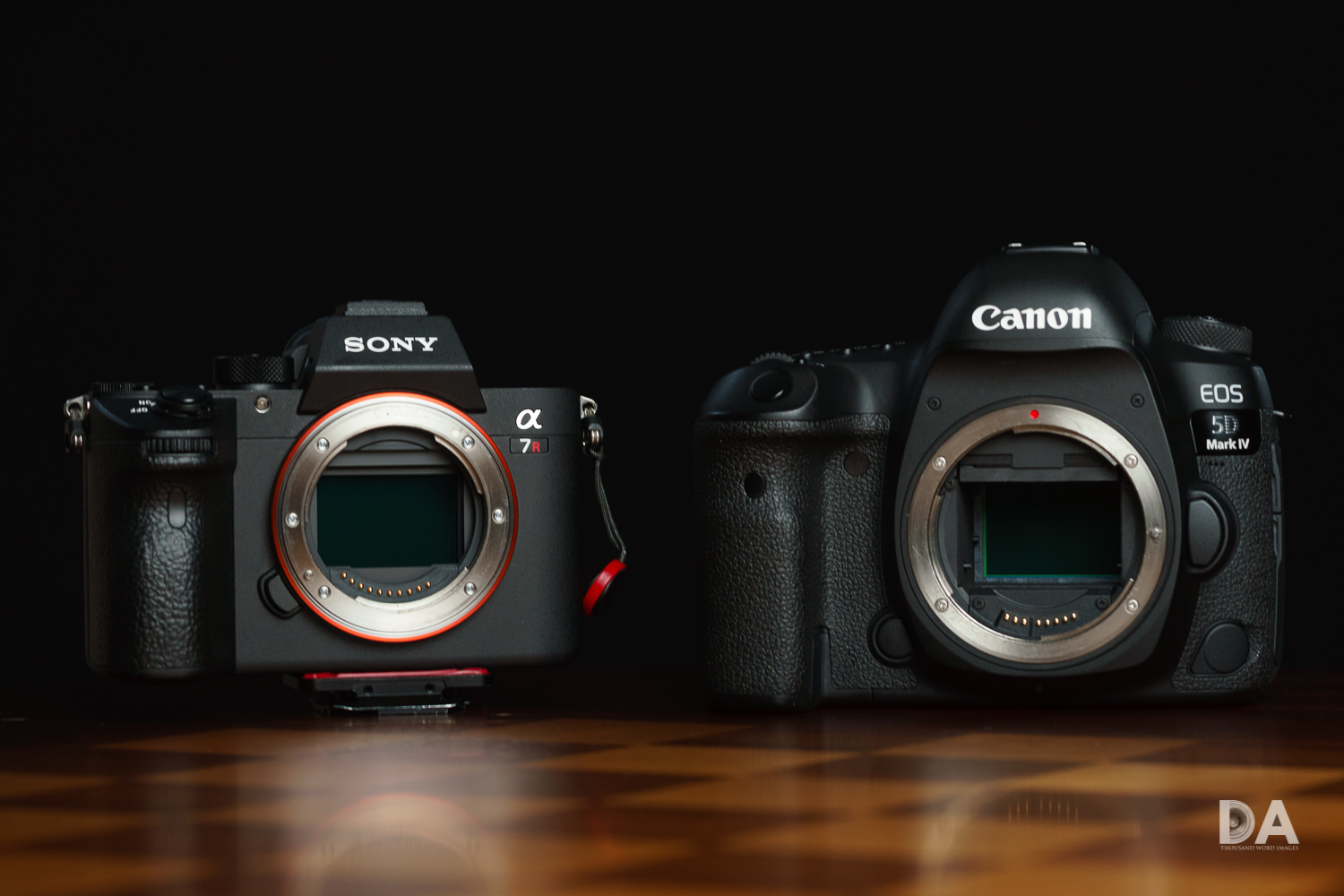

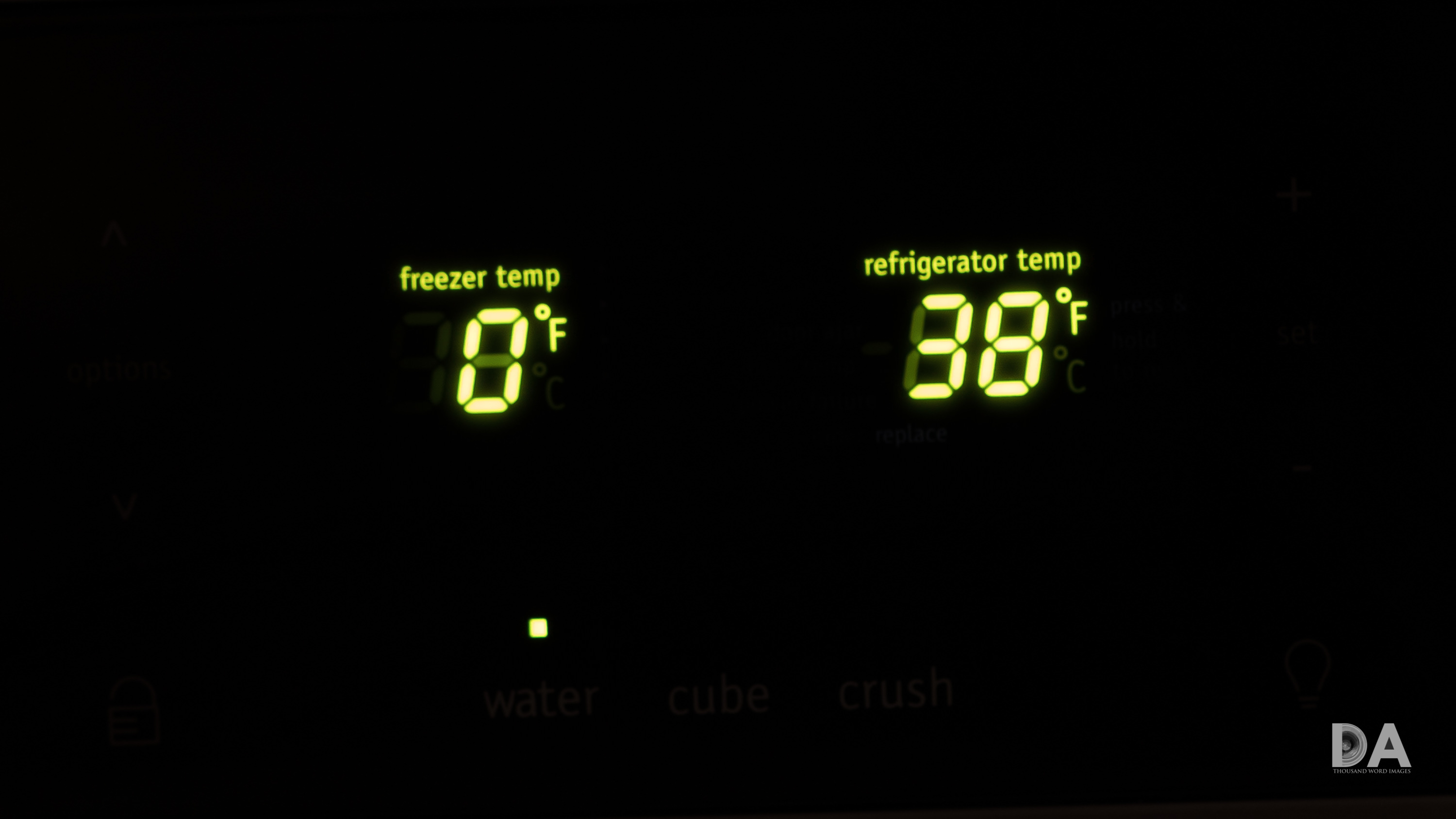
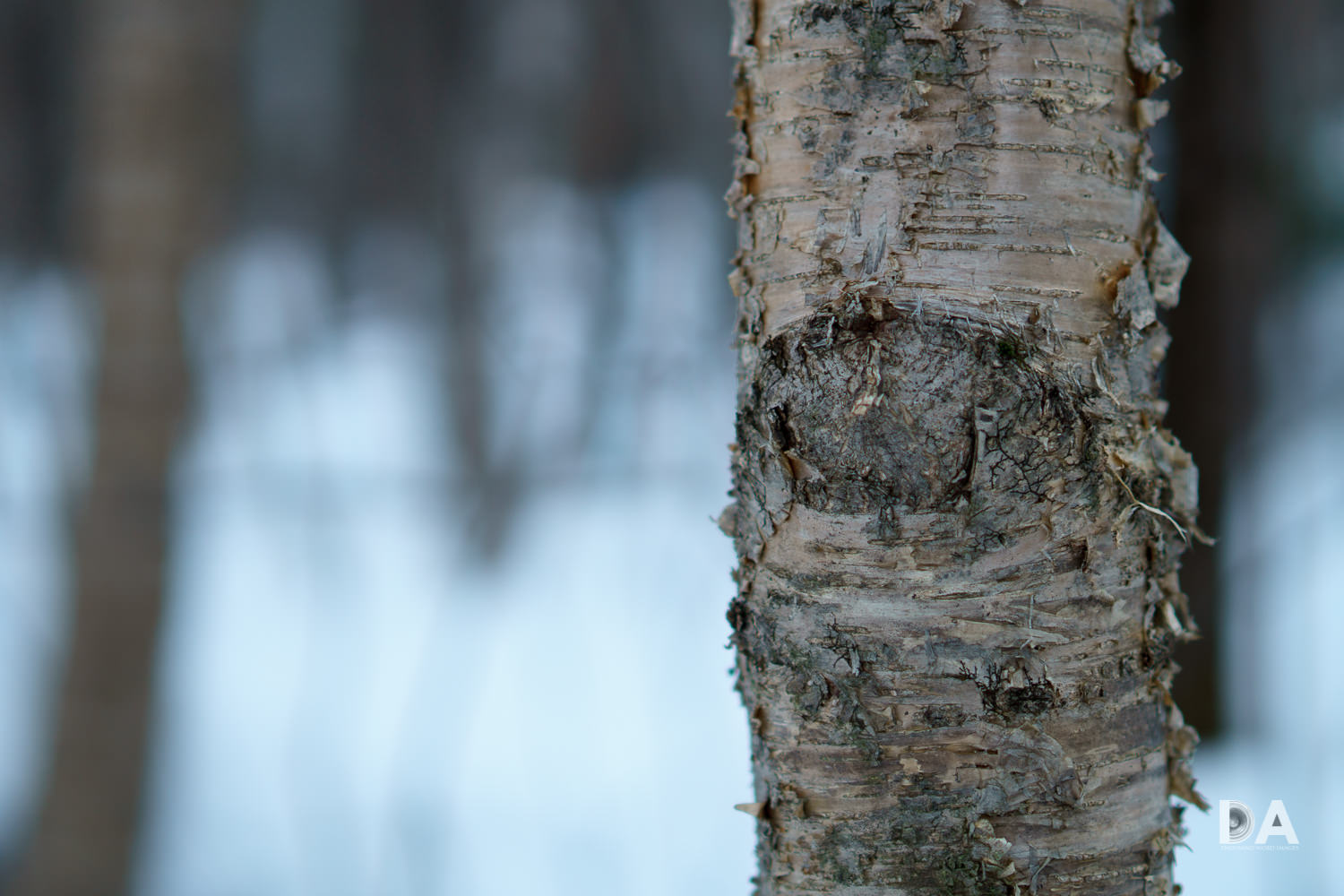
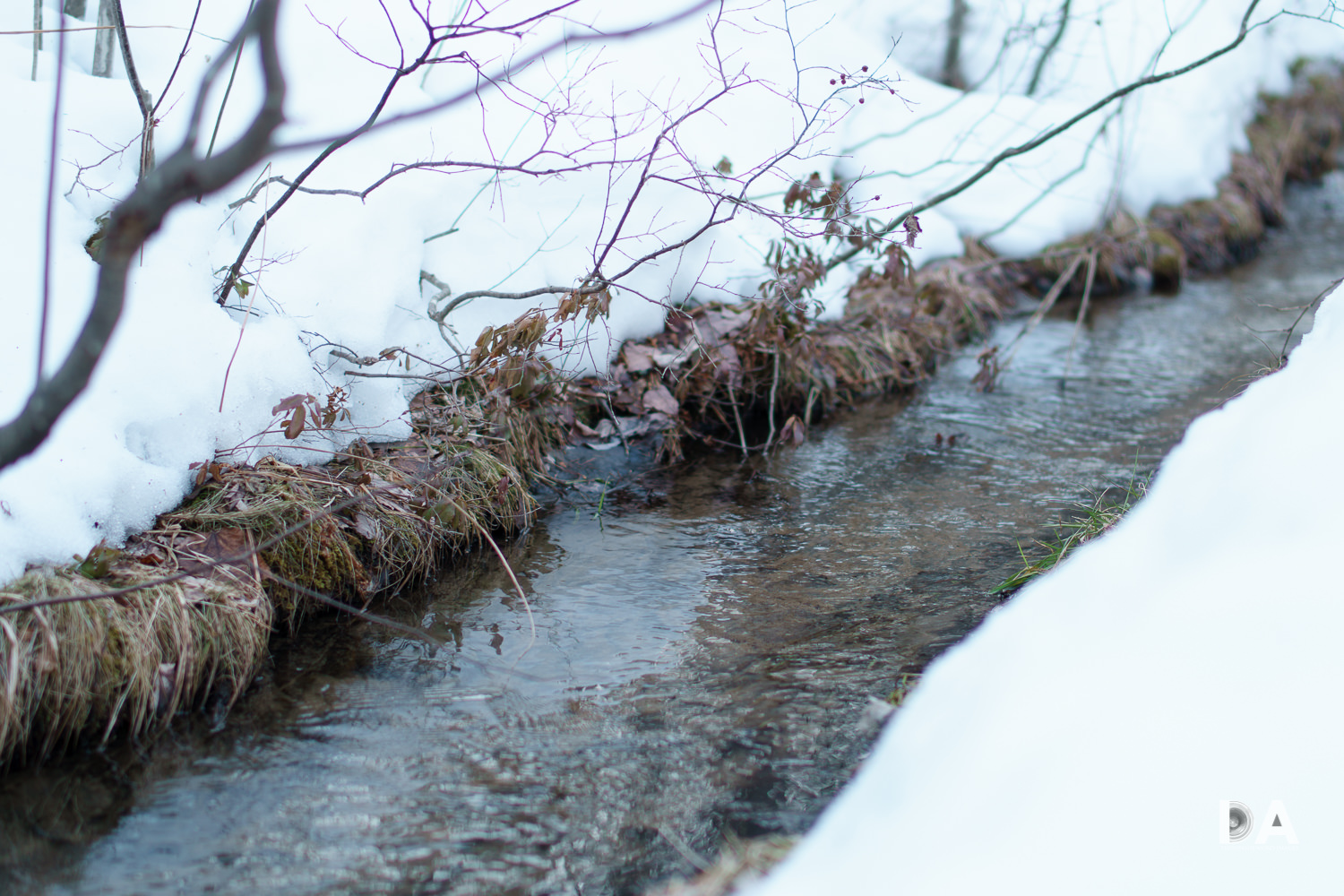


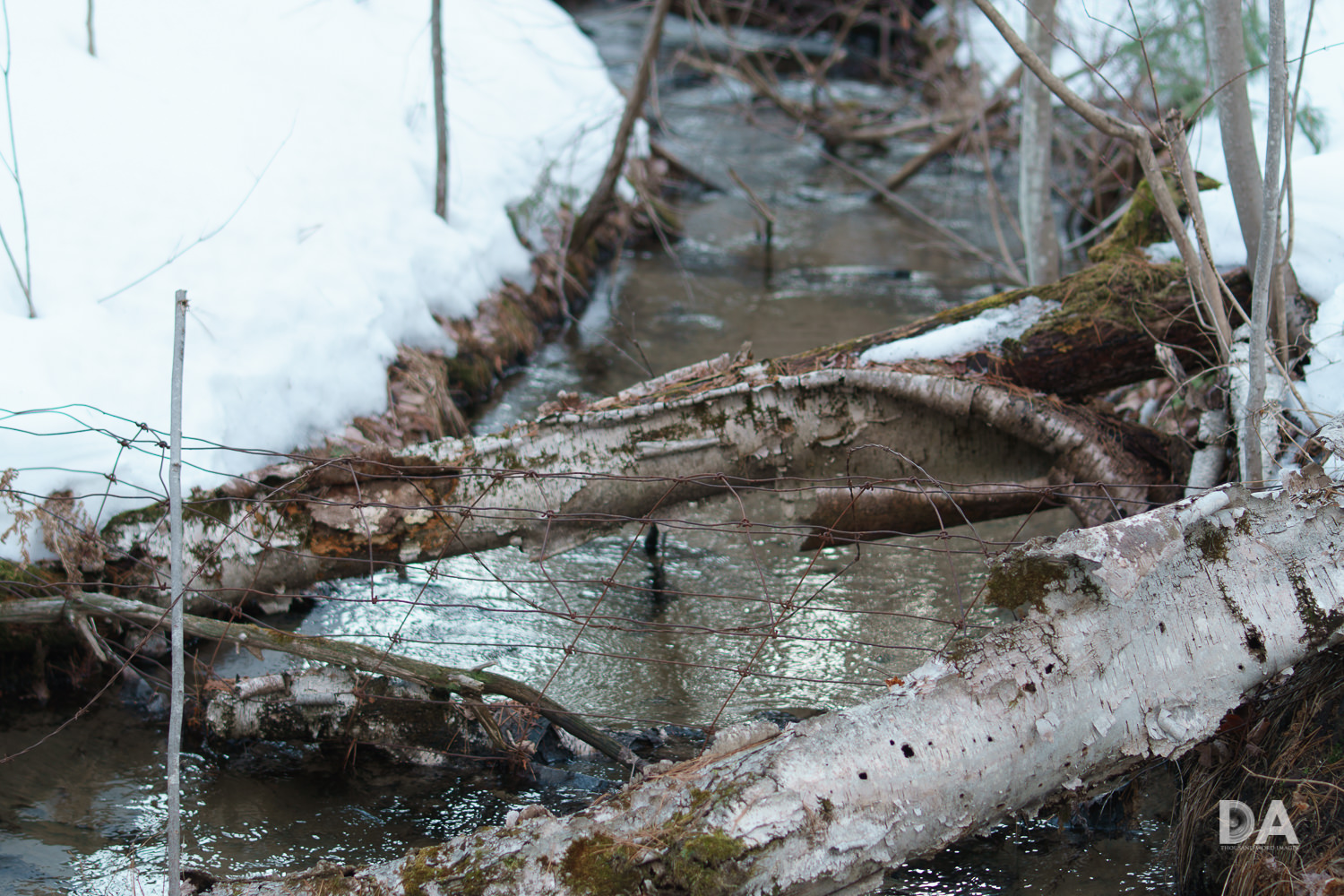

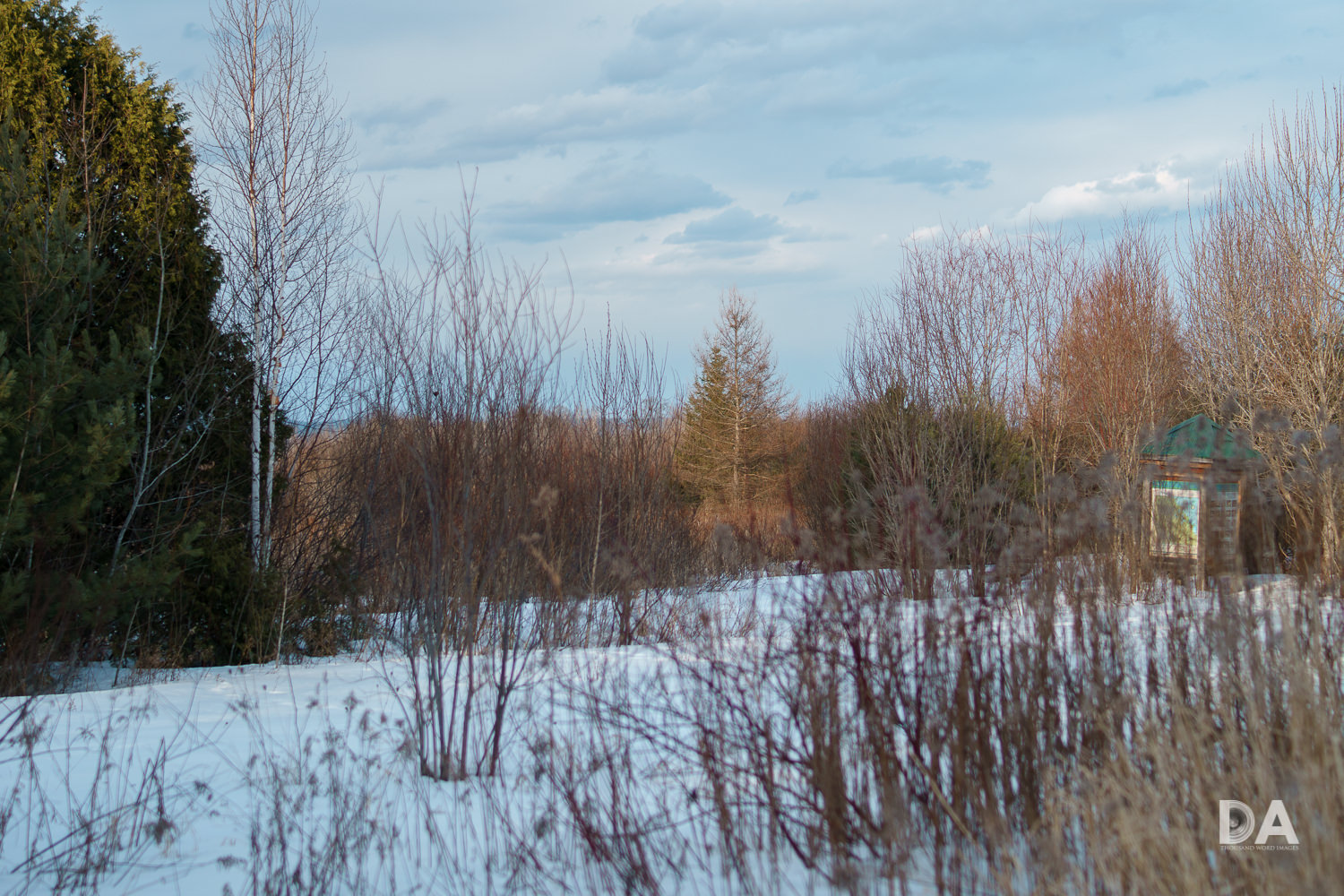

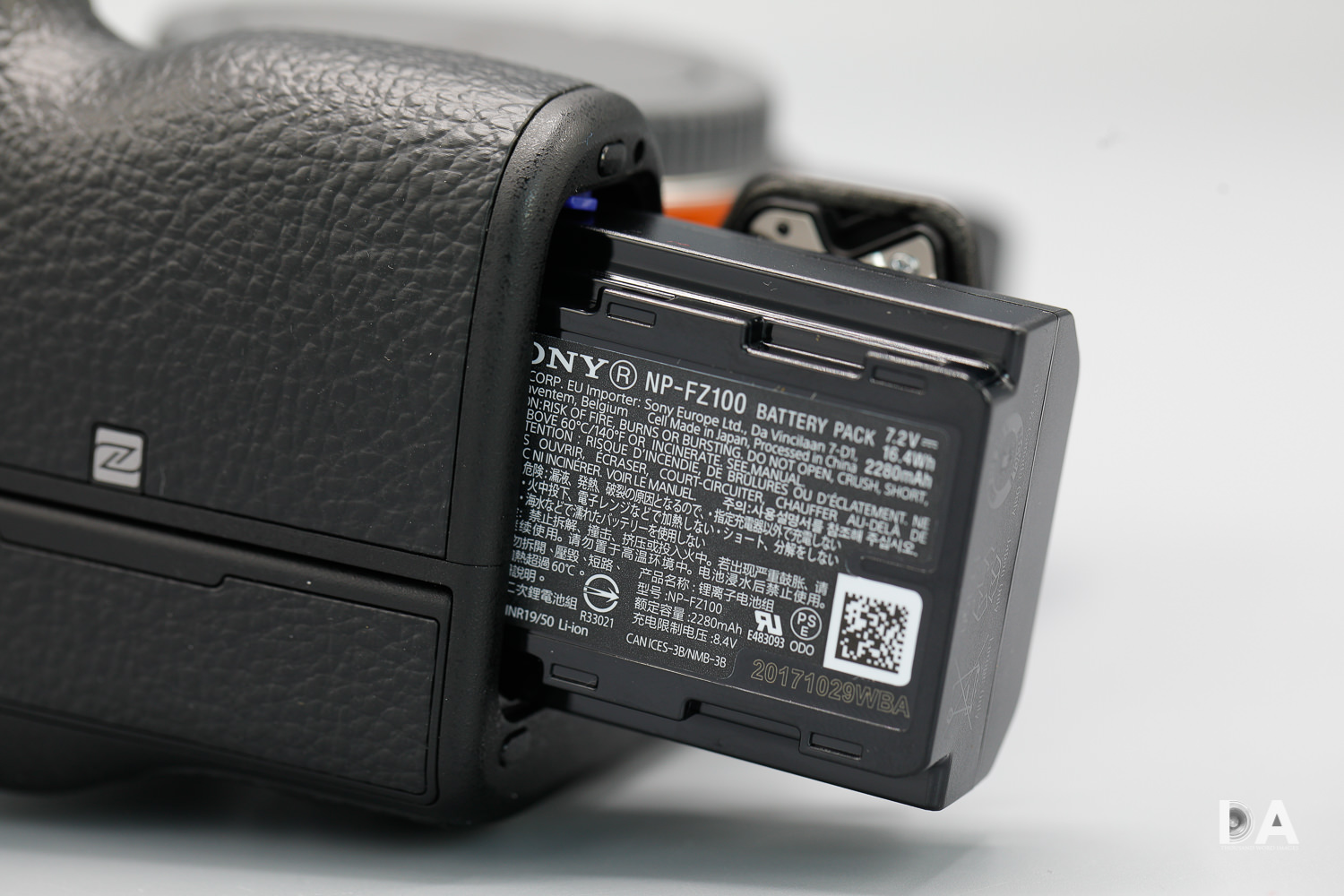
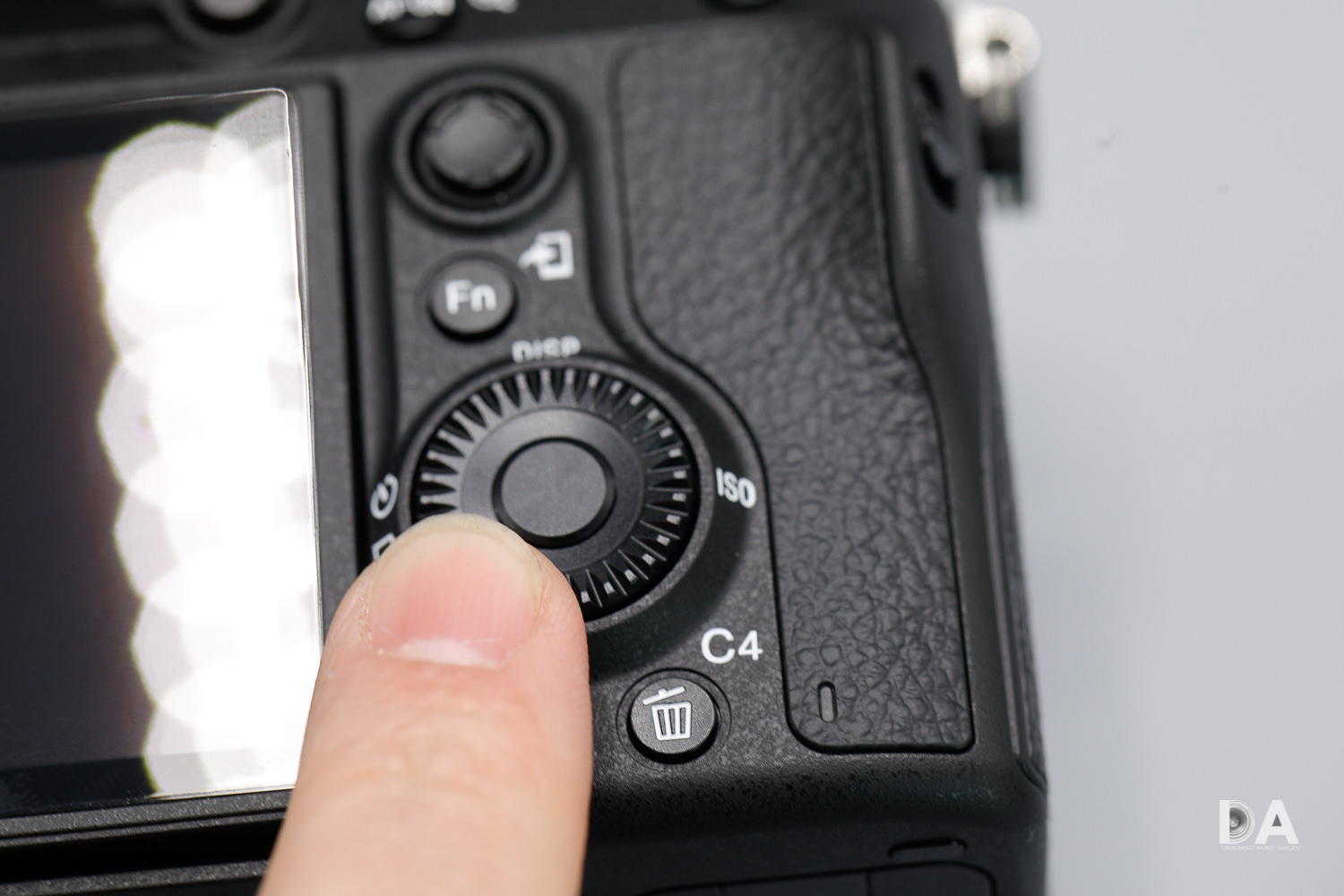
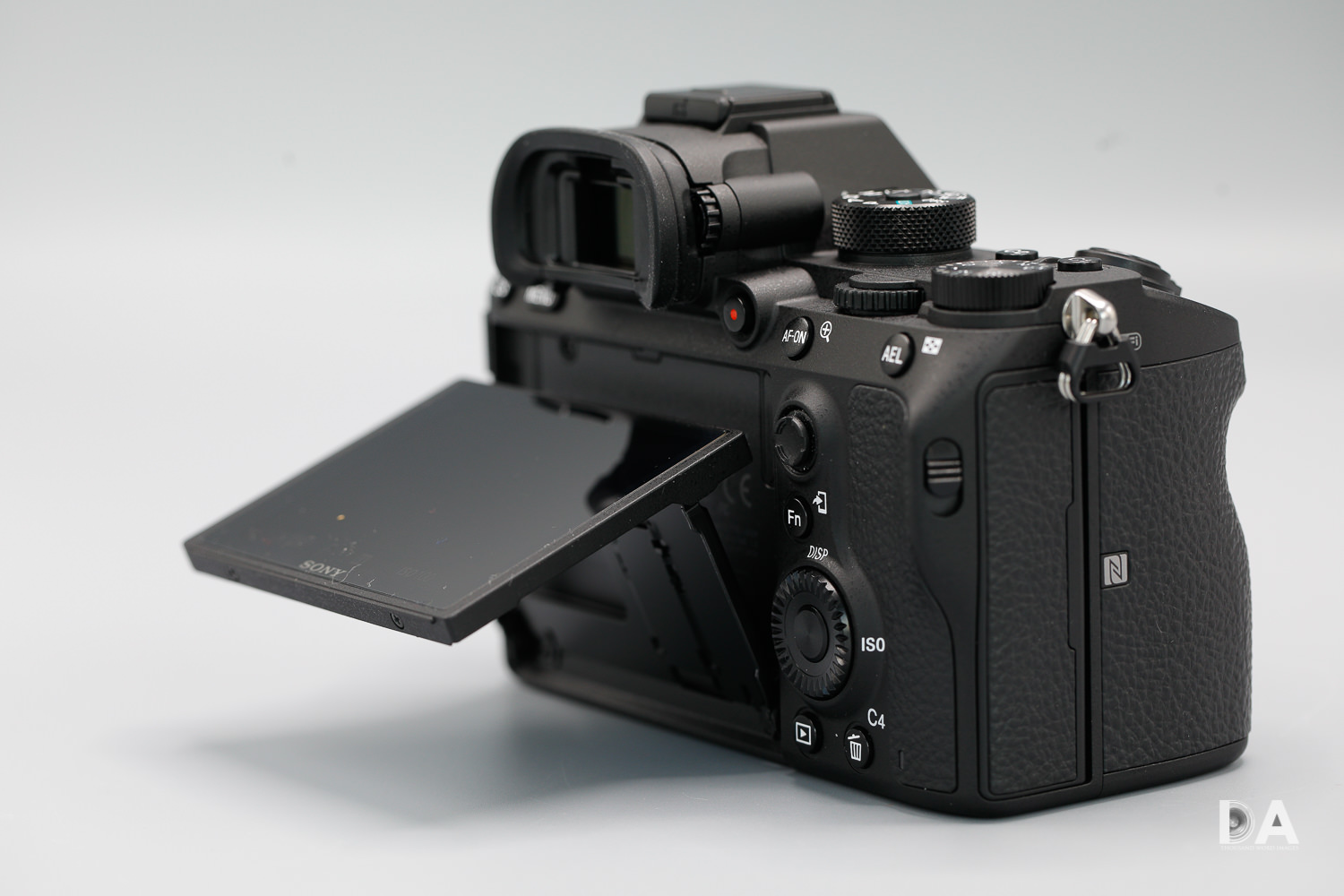

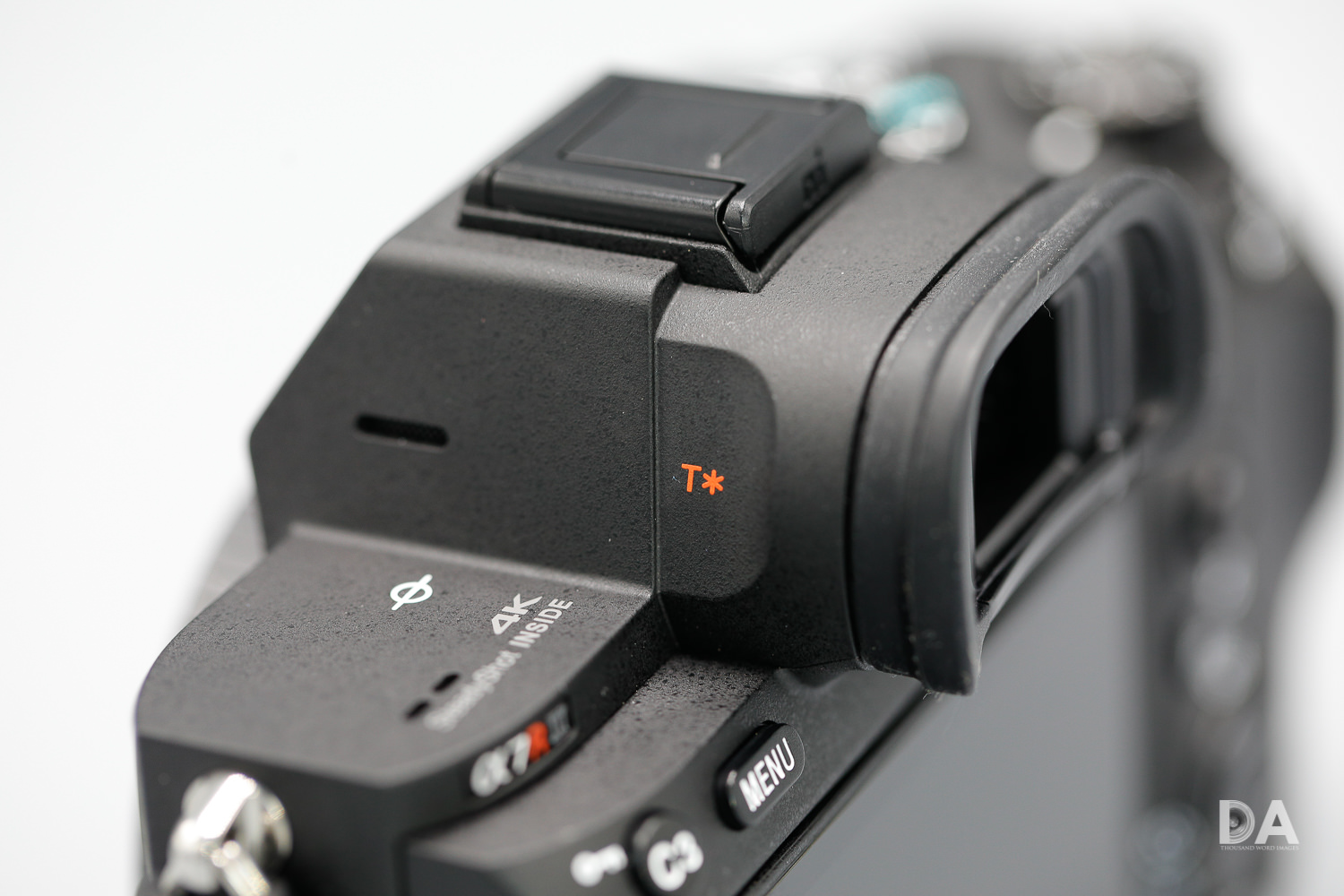
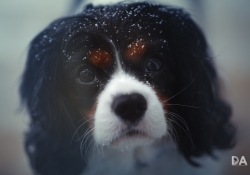
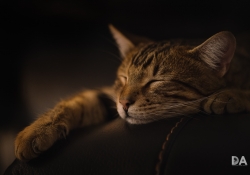
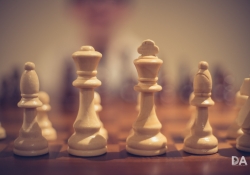


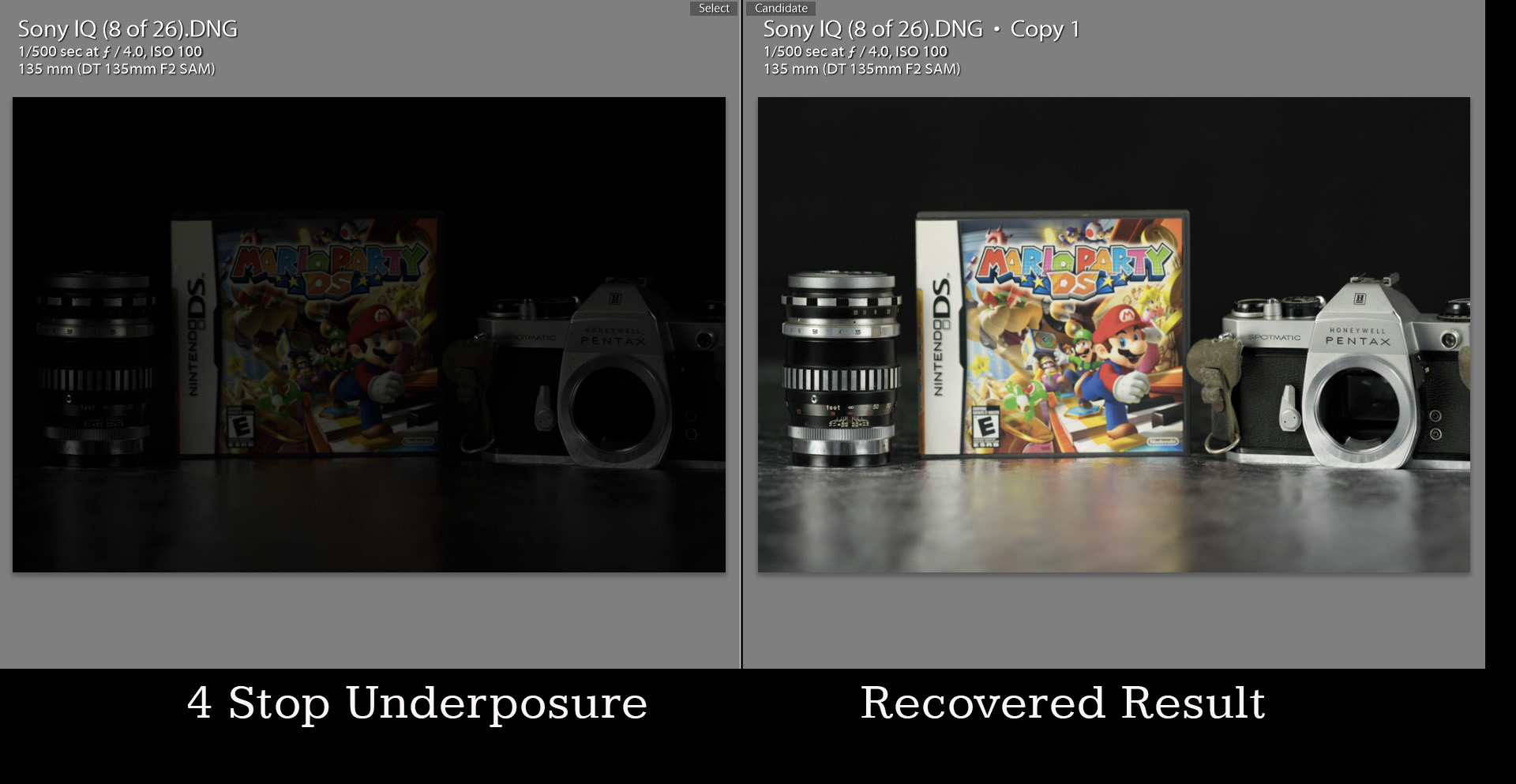


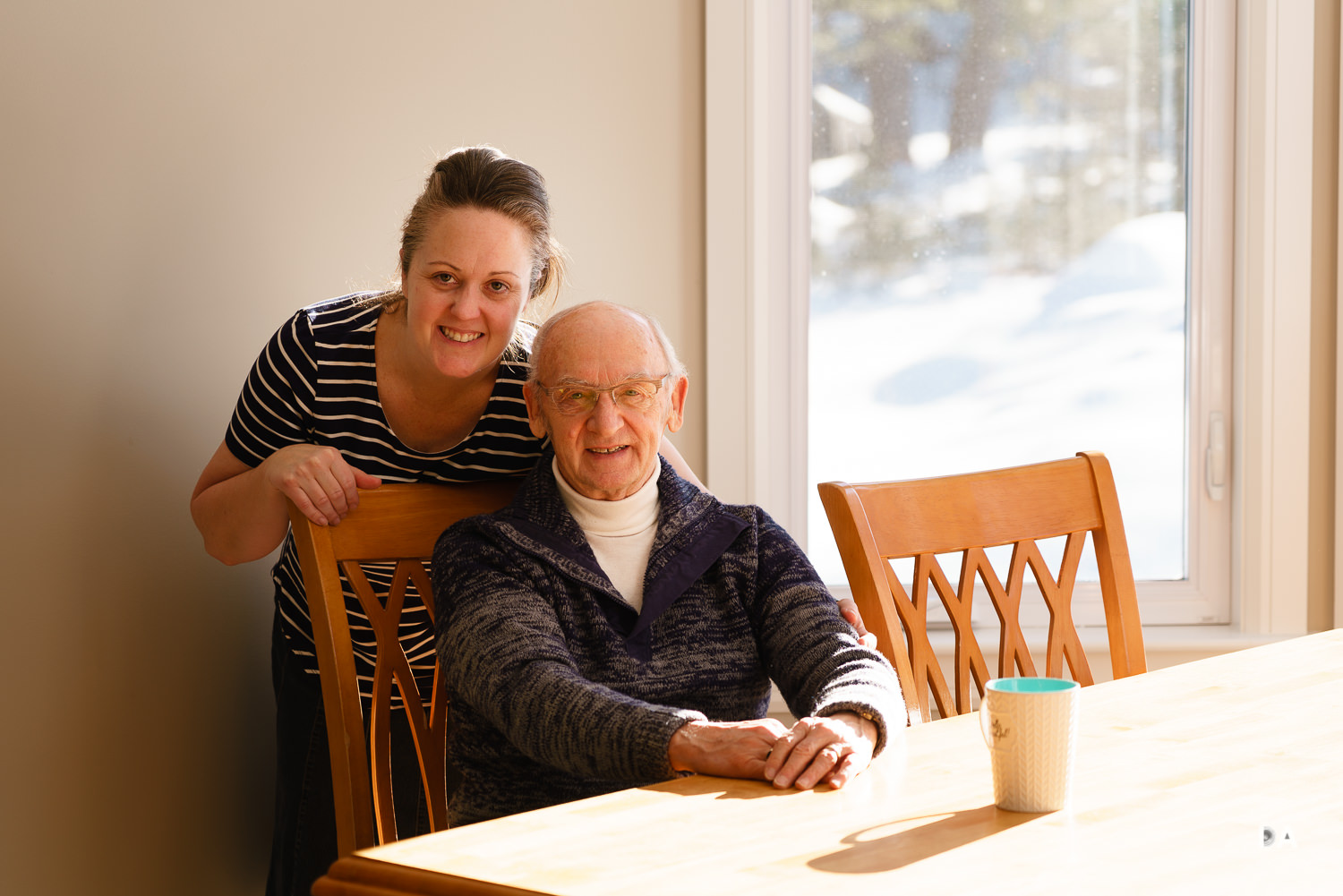


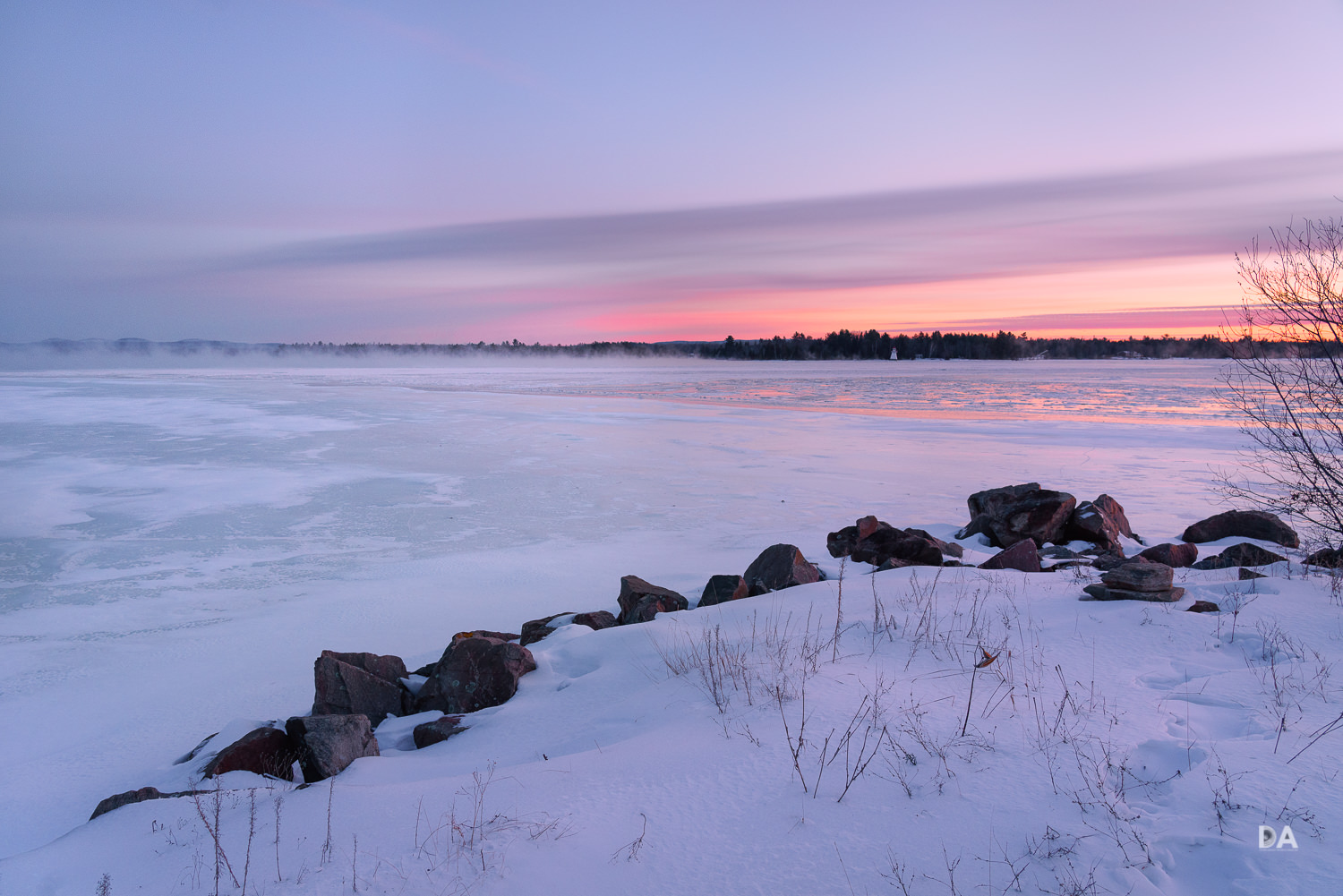
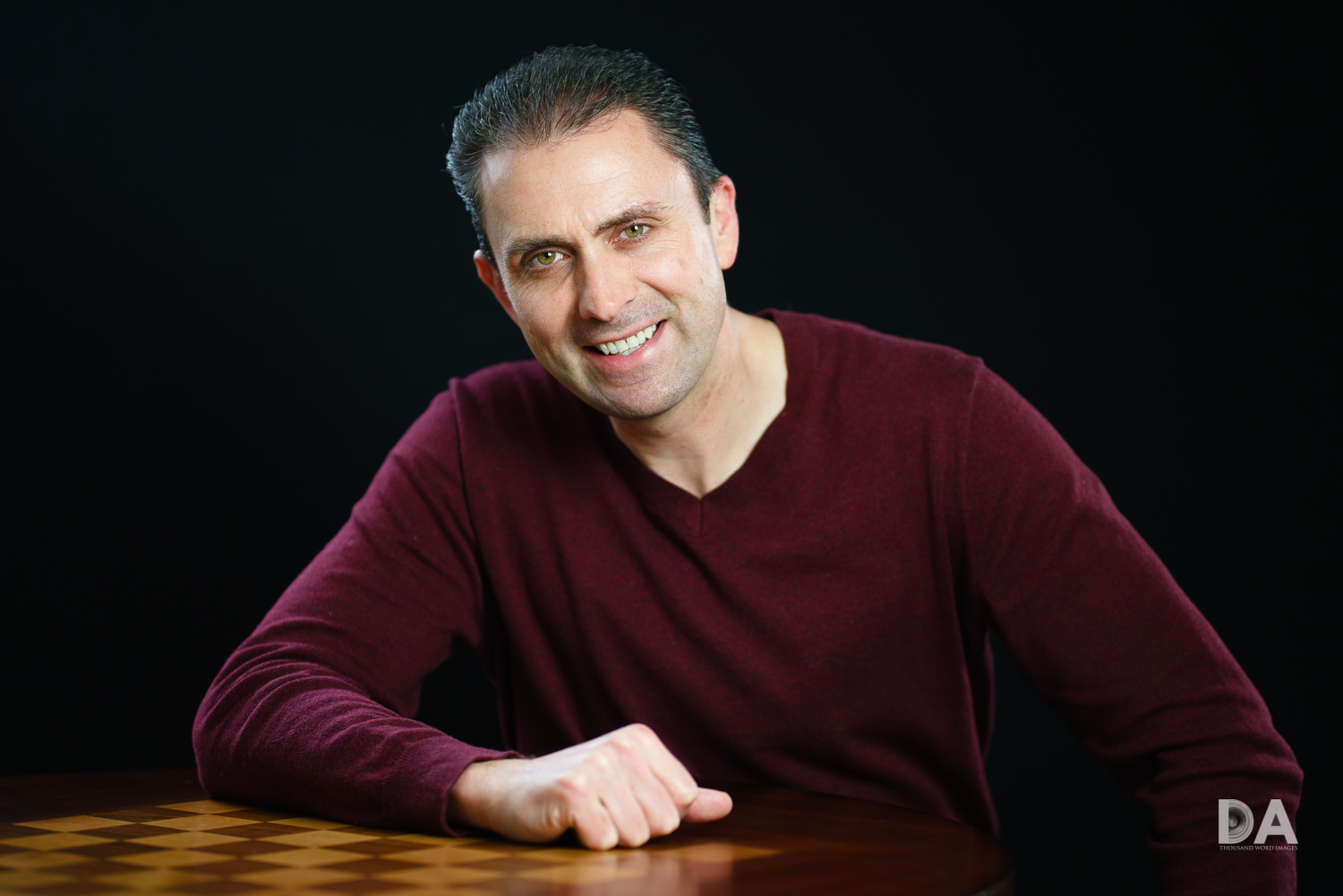
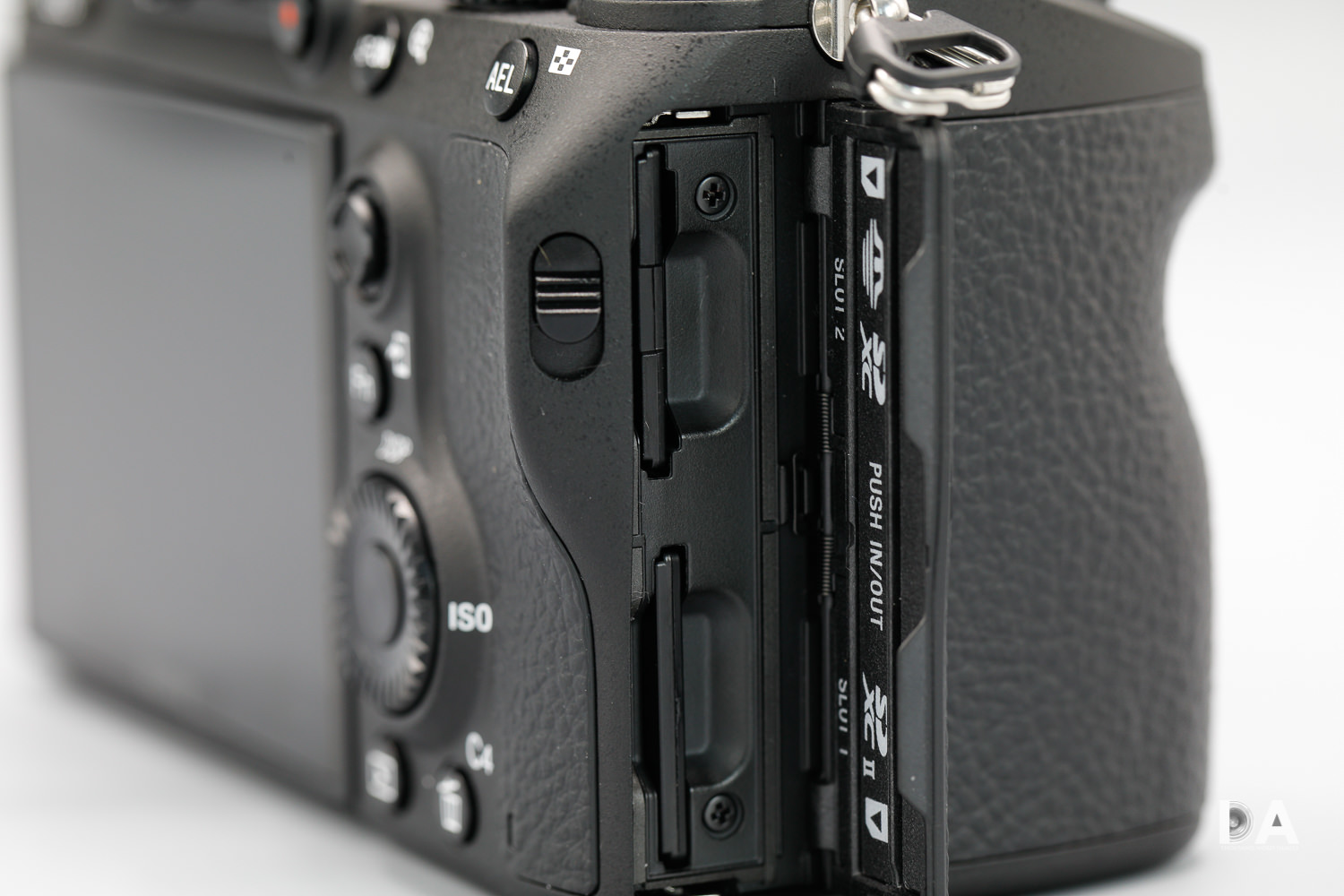





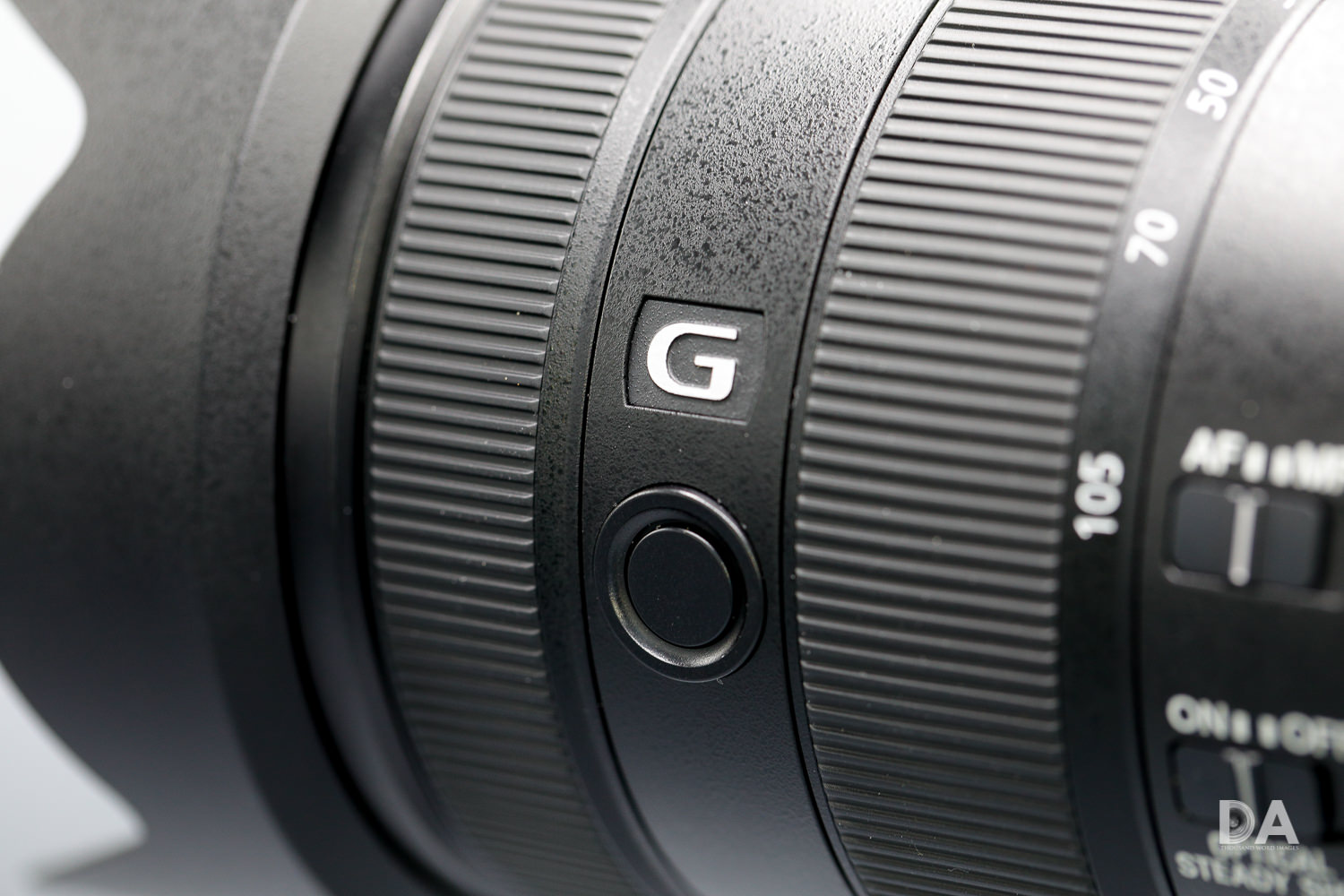
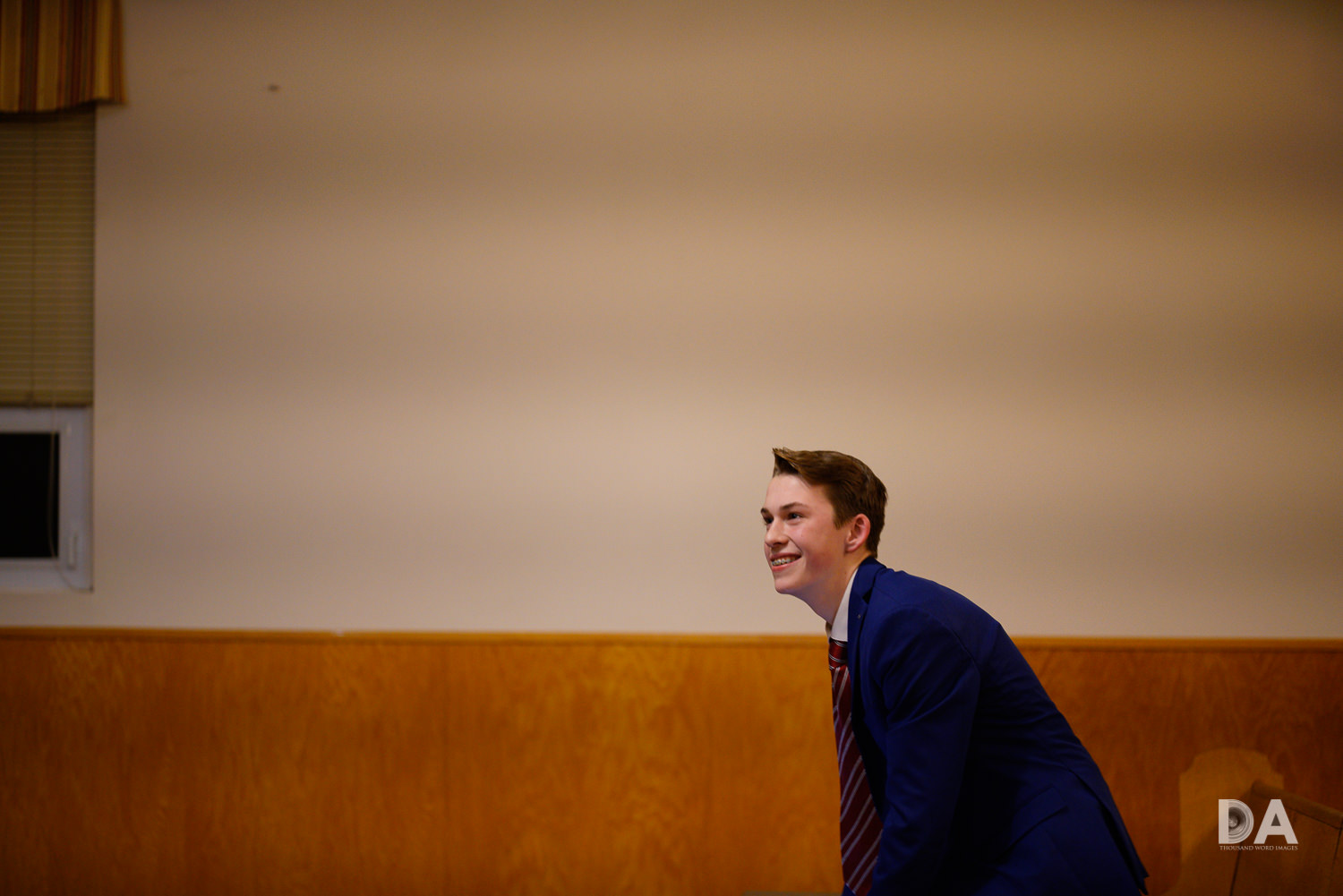
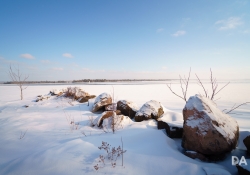

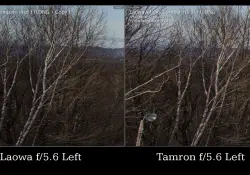






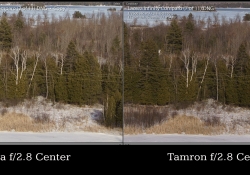
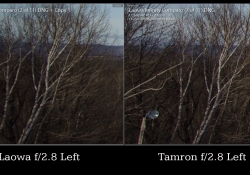
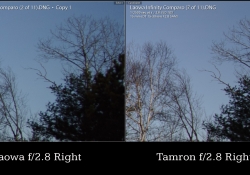
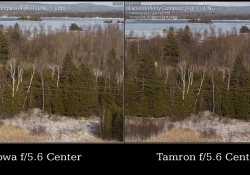



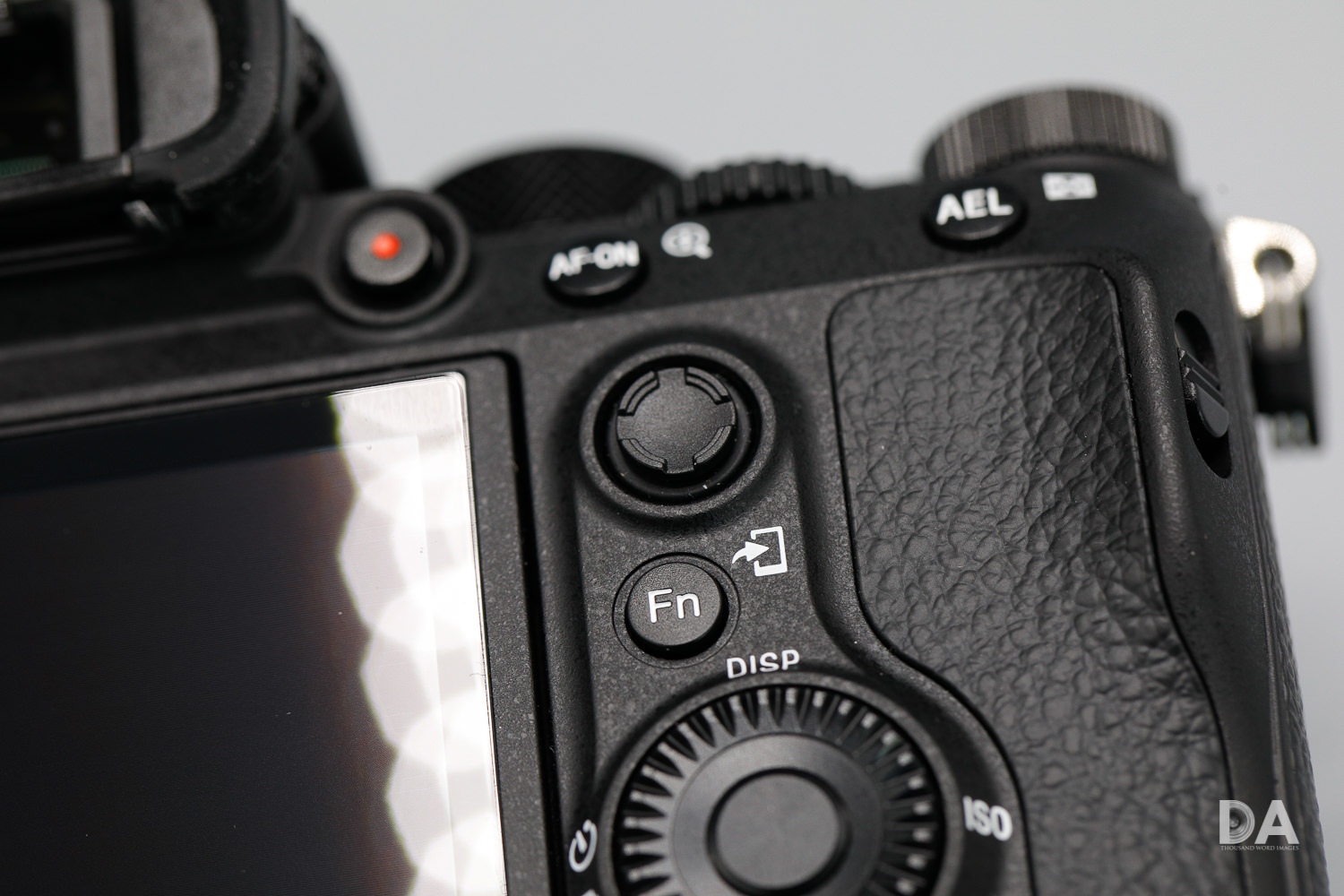





 Canon EOS R8 Review
Canon EOS R8 Review 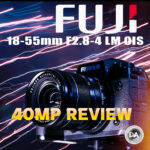 Fujinon XF 18-55mm F2.8-4 LM OIS 40MP 2024 Review
Fujinon XF 18-55mm F2.8-4 LM OIS 40MP 2024 Review  Viltrox AF 56mm F1.7 X-Mount Review
Viltrox AF 56mm F1.7 X-Mount Review 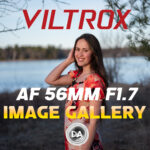 Viltrox AF 56mm F1.7 X Mount Gallery
Viltrox AF 56mm F1.7 X Mount Gallery 





4 thoughts on “Sony a7R3 (a7R III) Review”